50 Foods That Start With The Letter K
In this post, we’re exploring 50 foods that all start with the letter K. And if you’ve never heard of some of these foods, find out what they are and how you can use them in this article.
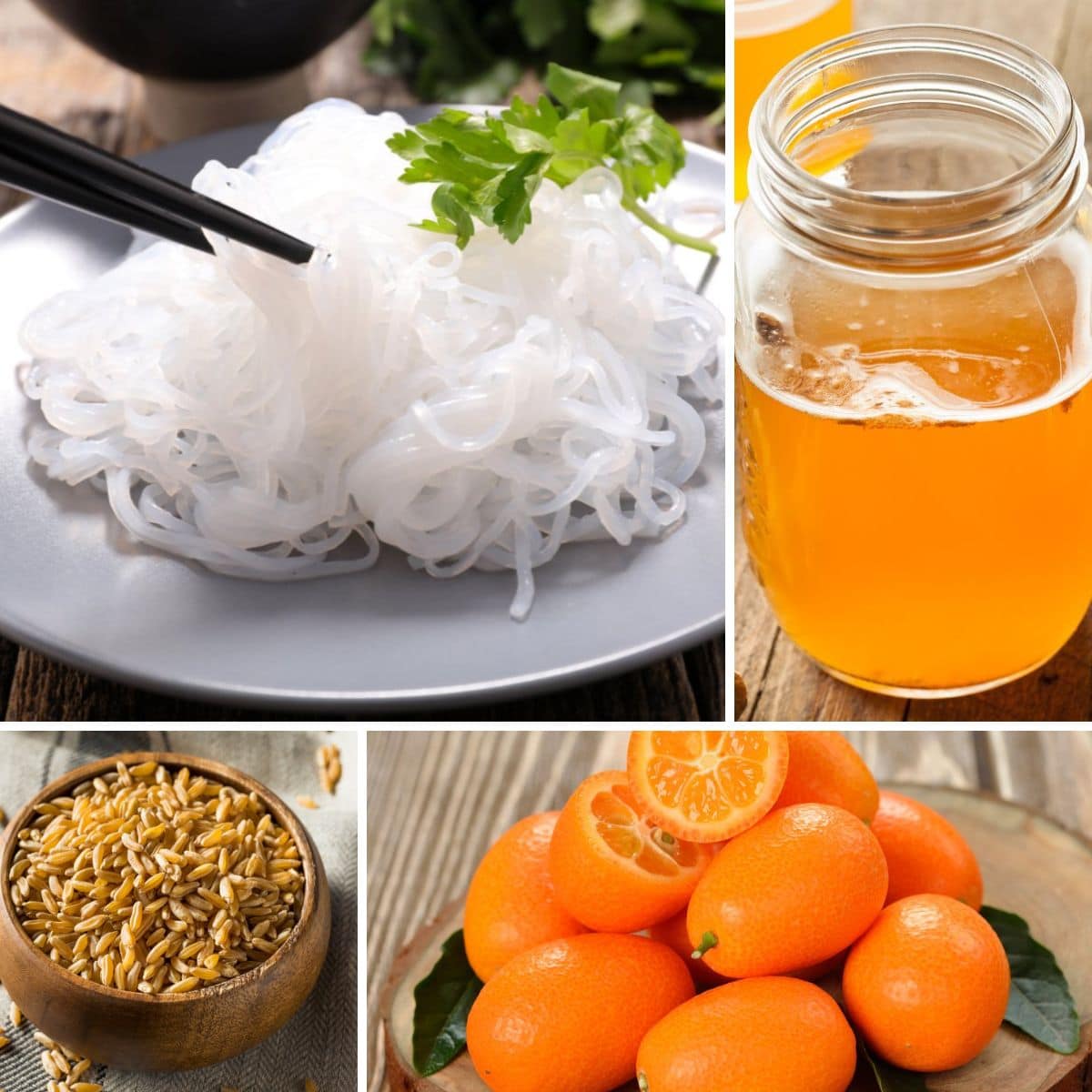
What pops into your mind when you think of K foods? Ever wondered what else is out there beyond kale and kiwi? We’ve covered a comprehensive list ranging from everyday staples to some more exotic finds.
50 Foods That Start With K
1. Kabocha Squash
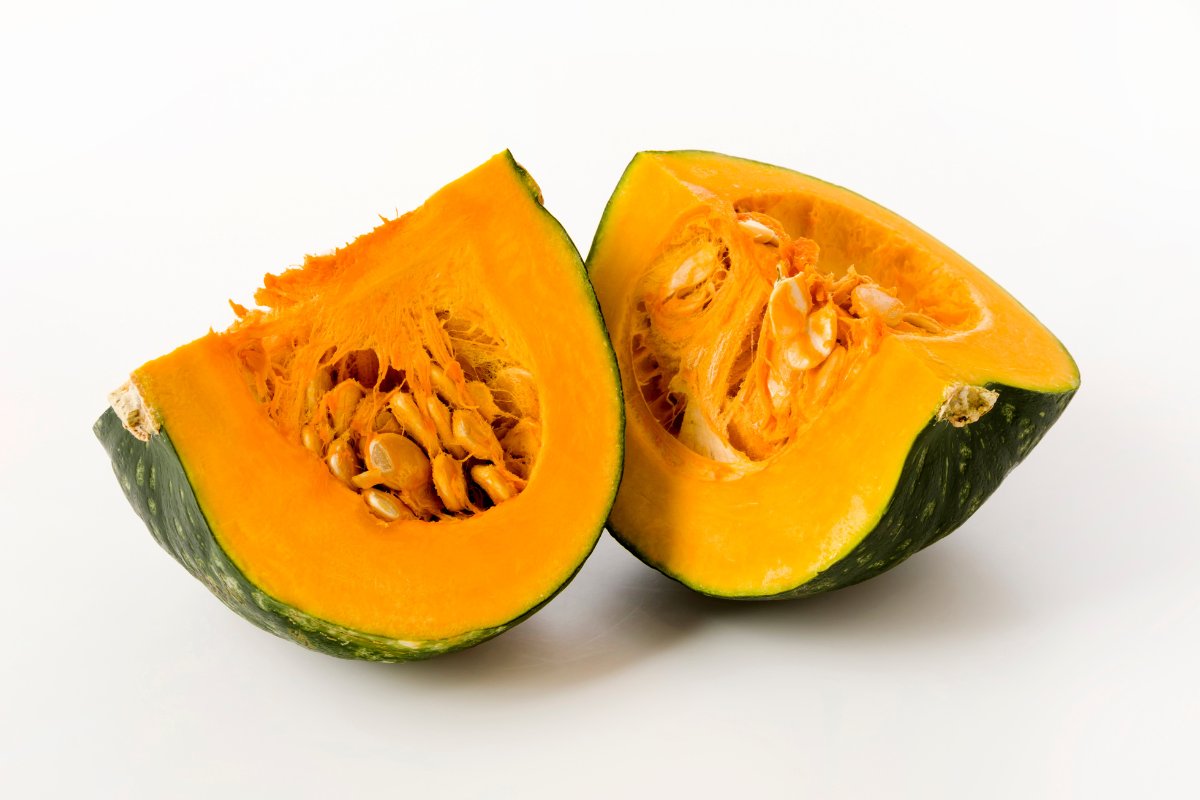
Kabocha squash, also known as Japanese pumpkin, is a winter squash with a sweet, nutty flavor and a texture similar to a sweet potato crossed with a pumpkin. It is characterized by its hard, green rind and vibrant orange flesh, and is a staple in Japanese cuisine. Its dense flesh holds up well to various cooking methods, including roasting, steaming, and puréeing for soups or pies. Kabocha can be eaten skin and all, with the rind becoming tender and edible after cooking.
2. Kamut (Ancient Grain)
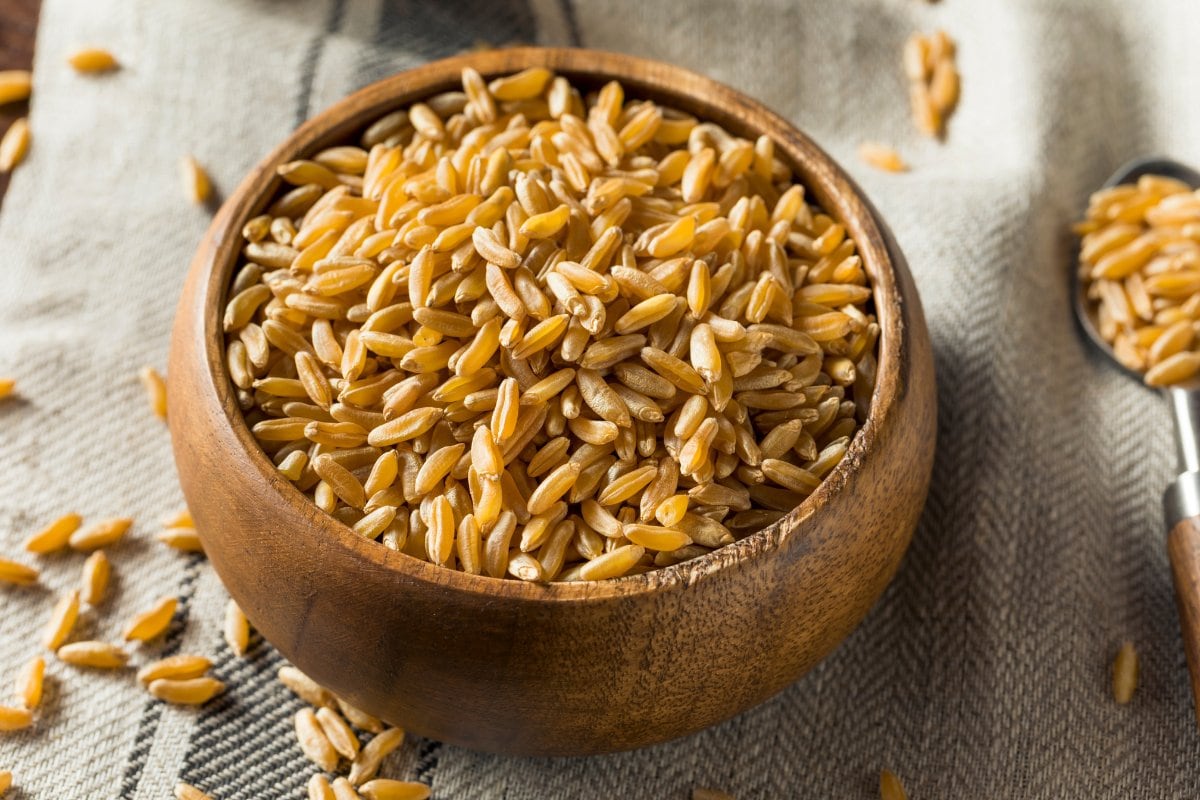
Kamut, also known as Khorasan wheat, is an ancient grain that is larger and has a richer, nutty flavor compared to modern wheat varieties. Kamut is often used in products like bread, pasta, cereals, and crackers, and it can be cooked whole to be used in salads or served as a side dish similar to rice or barley. Additionally, Kamut is often organic and has not been hybridized or genetically modified.
3. Kasha (Buckwheat Groats)
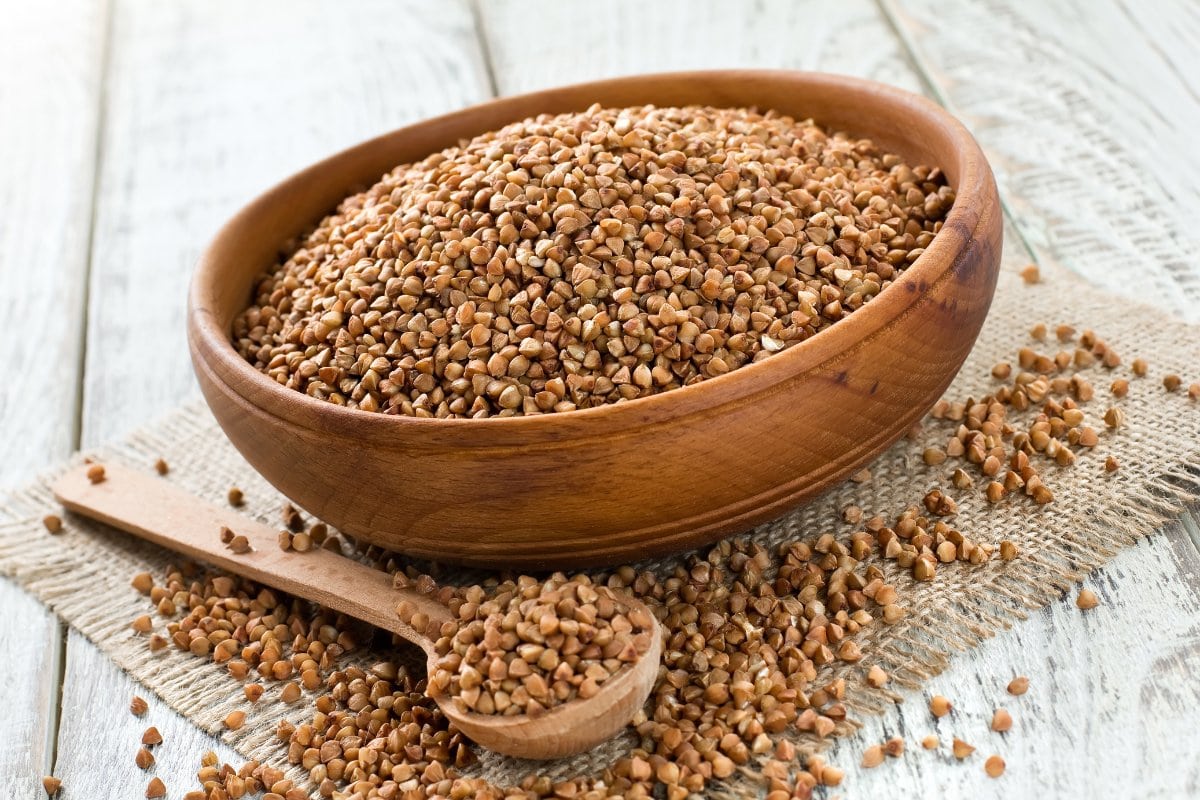
Kasha refers to buckwheat groats that have been roasted. It has a nutty flavor and is a traditional ingredient in Eastern European cuisine. It can be enjoyed as a porridge, a side dish similar to rice or quinoa, or used as a filling. Additionally, kasha’s high fiber content can aid in digestion and contribute to a feeling of fullness, which can be beneficial for weight management.
4. Kelp
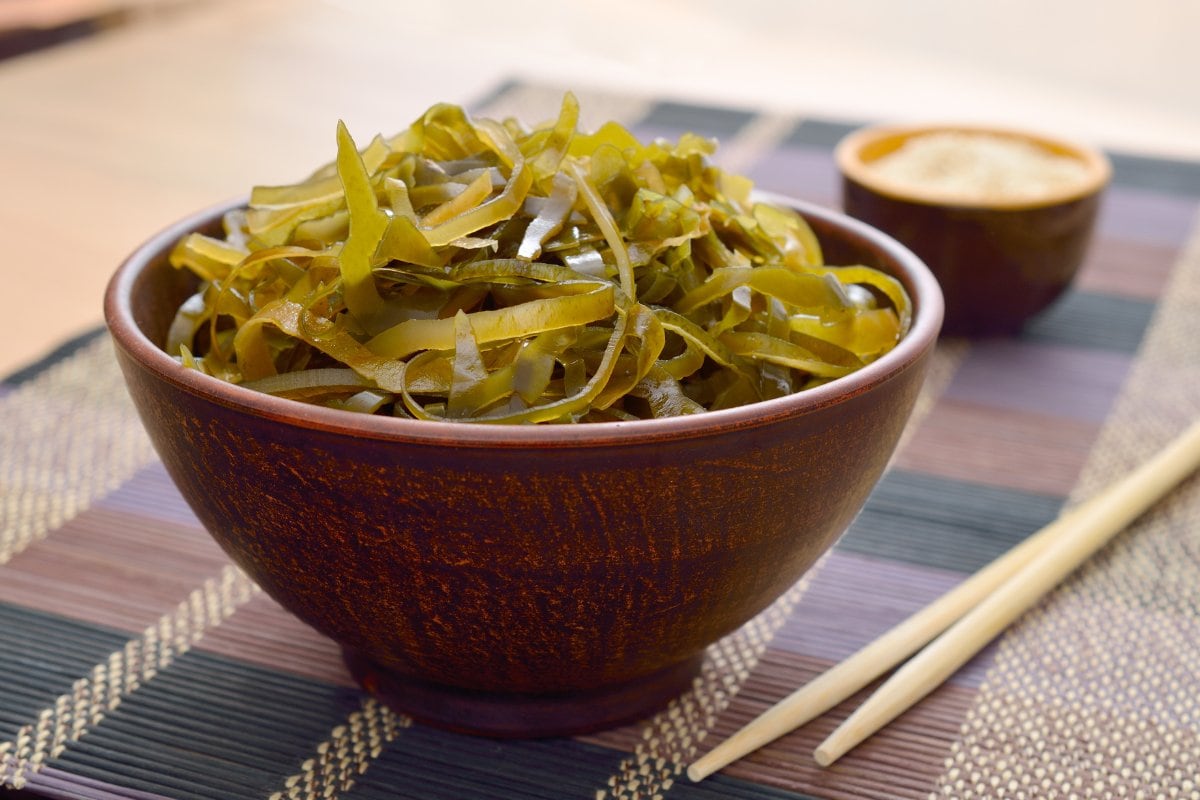
Kelp is a type of large brown algae that forms dense underwater forests in shallow ocean waters. It is used in various culinary applications, particularly in Asian cuisine. Kelp is used to make broths, salads, chips, and noodles. It is also made into a savory seasoning due to its natural umami flavor.
5. Kimchi

Kimchi is a traditional Korean dish made from salted and fermented napa cabbage and Korean radishes. This dish is often homemade and can have varying levels of spice and ingredients depending on regional and personal tastes. It’s a versatile food that can be eaten on its own or used to enhance the flavors of other dishes, such as stews, fried rice, and pancakes.
6. King Trumpet Mushrooms
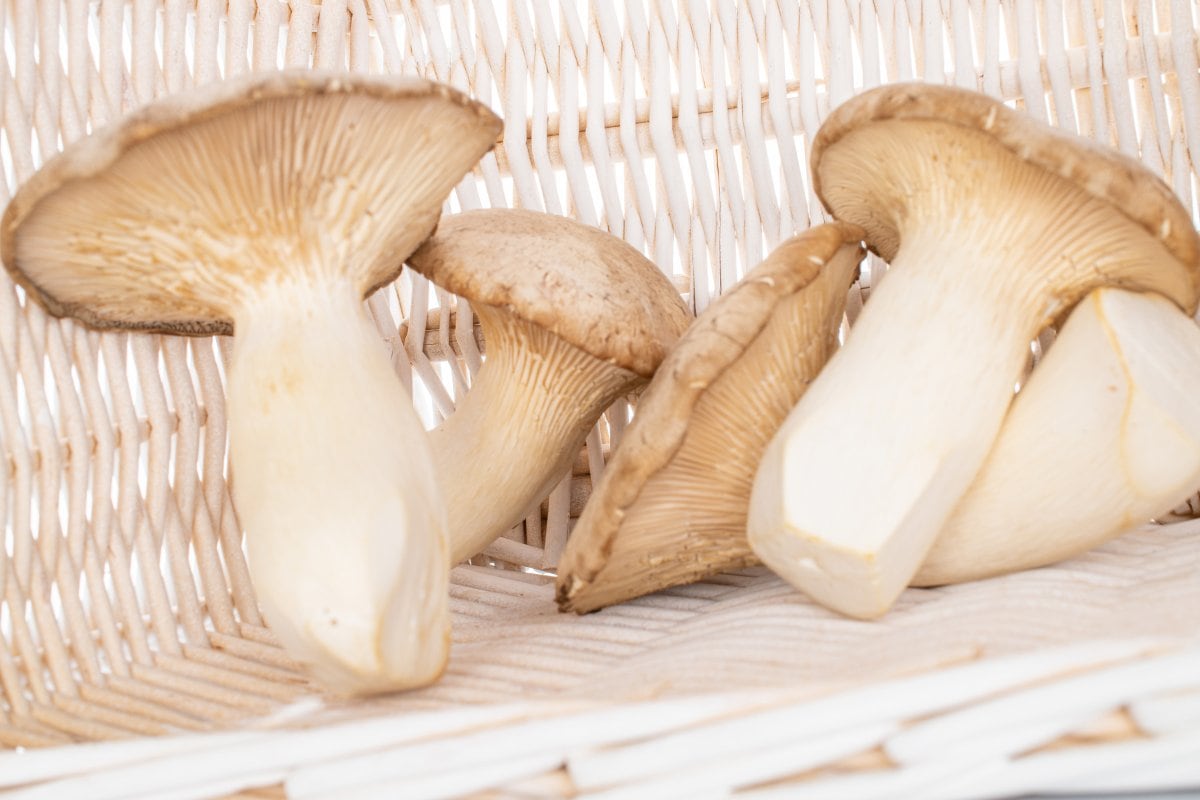
King trumpet mushrooms, also known as king oyster mushrooms, have a large meaty white stem and a small tan cap. They have a natural savory umami flavor and firm, chewy texture. These mushrooms are incredibly versatile and can be sautéed, grilled, roasted, or even used as a meat substitute in vegetarian and vegan dishes.
7. Key Lime Pie

Key lime pie is a classic American dessert. It is made with a sweet and tart filling made of key lime juice, egg yolks, and sweetened condensed milk in a pie crust, topped with meringue or whipped cream. The traditional version of key lime pie features a crust made from graham crackers, although pastry crusts are also used.
8. Kohlrabi
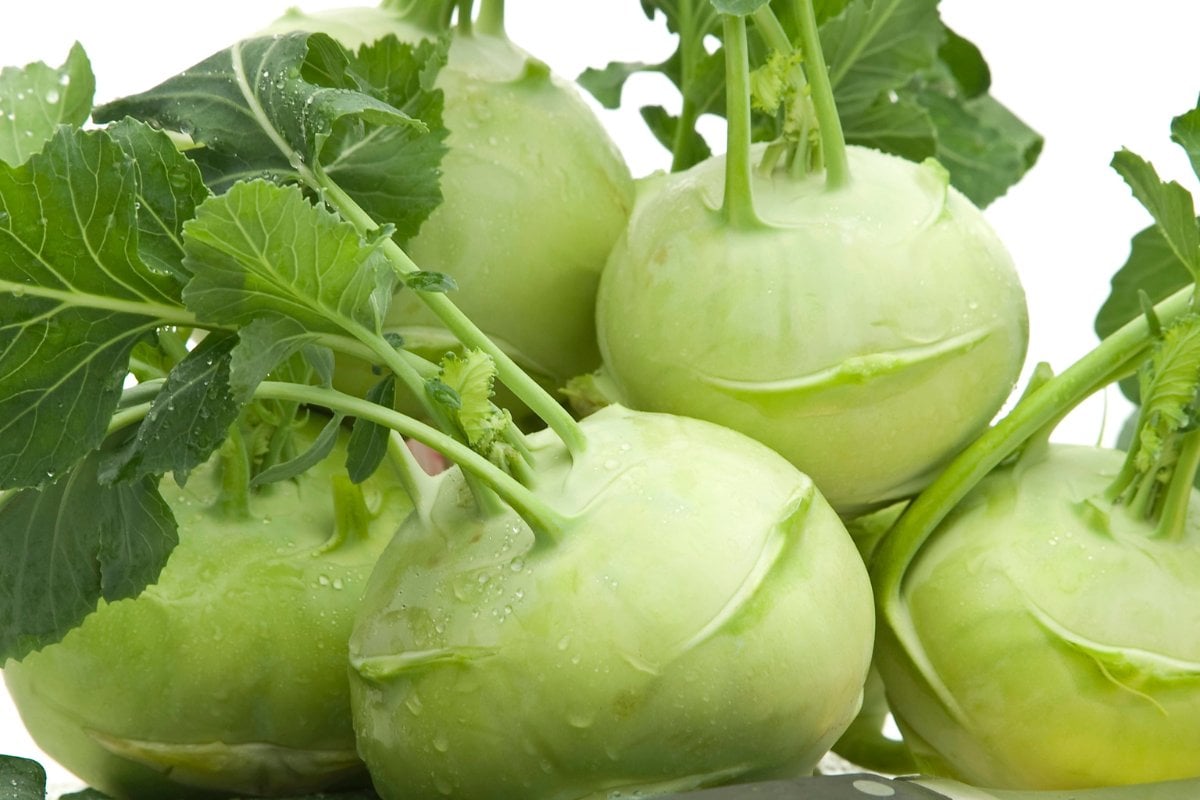
Kohlrabi is a vegetable that grows biyearly. It is a low, stout cultivated plant of wild cabbage. Kohlrabi’s taste and texture are similar to those of a broccoli stem or cabbage heart, but slightly sweeter and milder. Its bulging stem can be eaten raw or cooked but it can be used in a variety of dishes like salads, slaws, stir-fries, and soups.
9. Kombucha
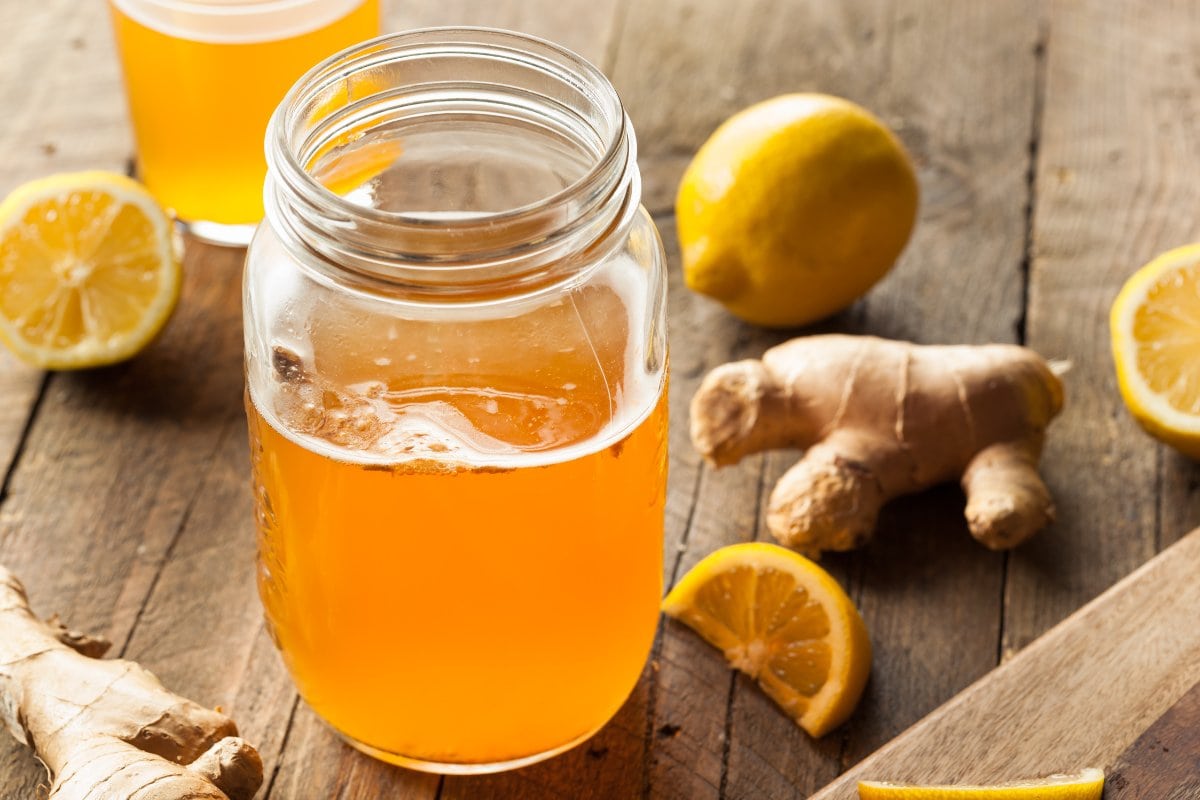
Kombucha is a fermented tea beverage known for its slightly sour taste. This drink is traditionally made with black or green tea and sugar. It also contains antioxidants and can be a healthier alternative to sugary sodas when consumed in moderation.
However, homemade kombucha carries a risk of contamination if not prepared properly. Store-bought kombucha is regulated for safety, but it’s important to check labels for added sugars and pasteurization.
10. Konjac Noodles
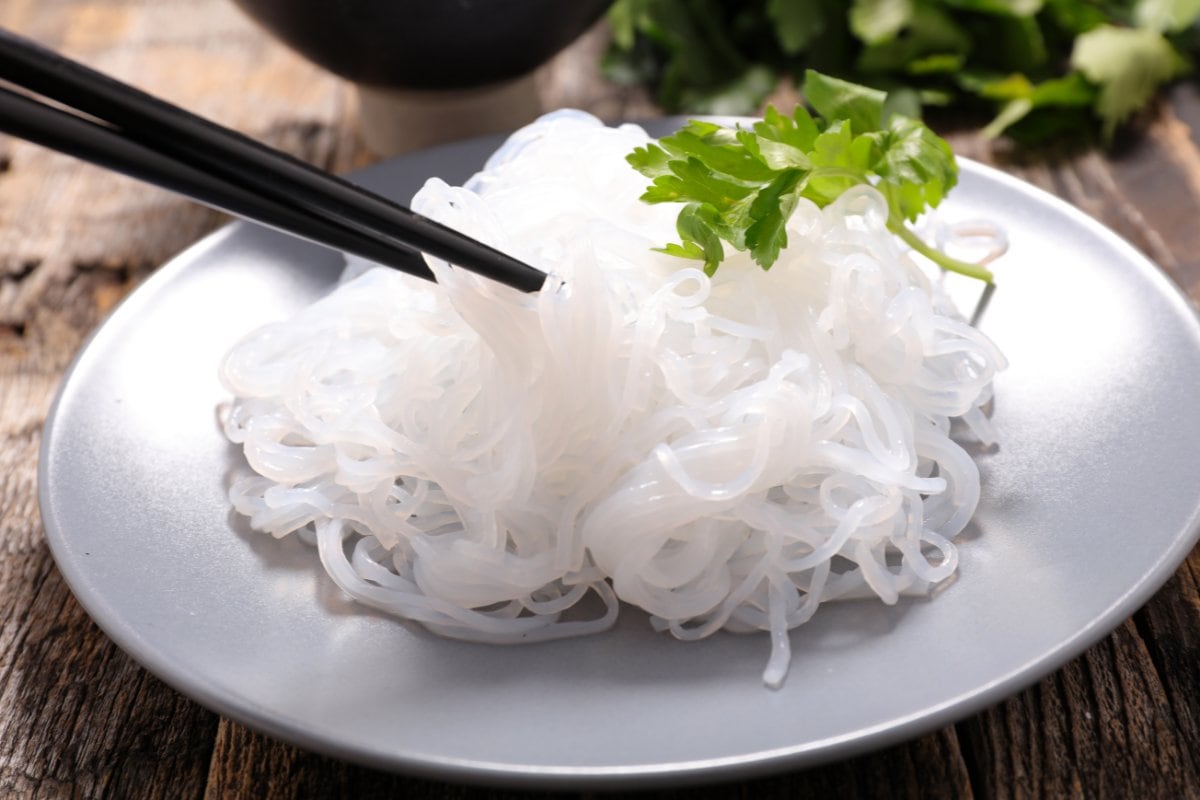
Konjac noodles, also known as shirataki noodles, are a low-calorie, low-carbohydrate pasta alternative made from the konjac plant’s glucomannan fiber and water. Konjac noodles have a neutral flavor, which allows them to absorb the tastes of accompanying sauces and seasonings well.
11. Kai Lan

Kai lan, also known as Chinese broccoli or Chinese kale, is a leafy green vegetable with thick stems and large flat leaves. It often features small flower heads similar to those of broccoli. This vegetable is a staple in Chinese cuisine and is used for its slightly bitter and earthy flavor.
12. Kaffir Lime
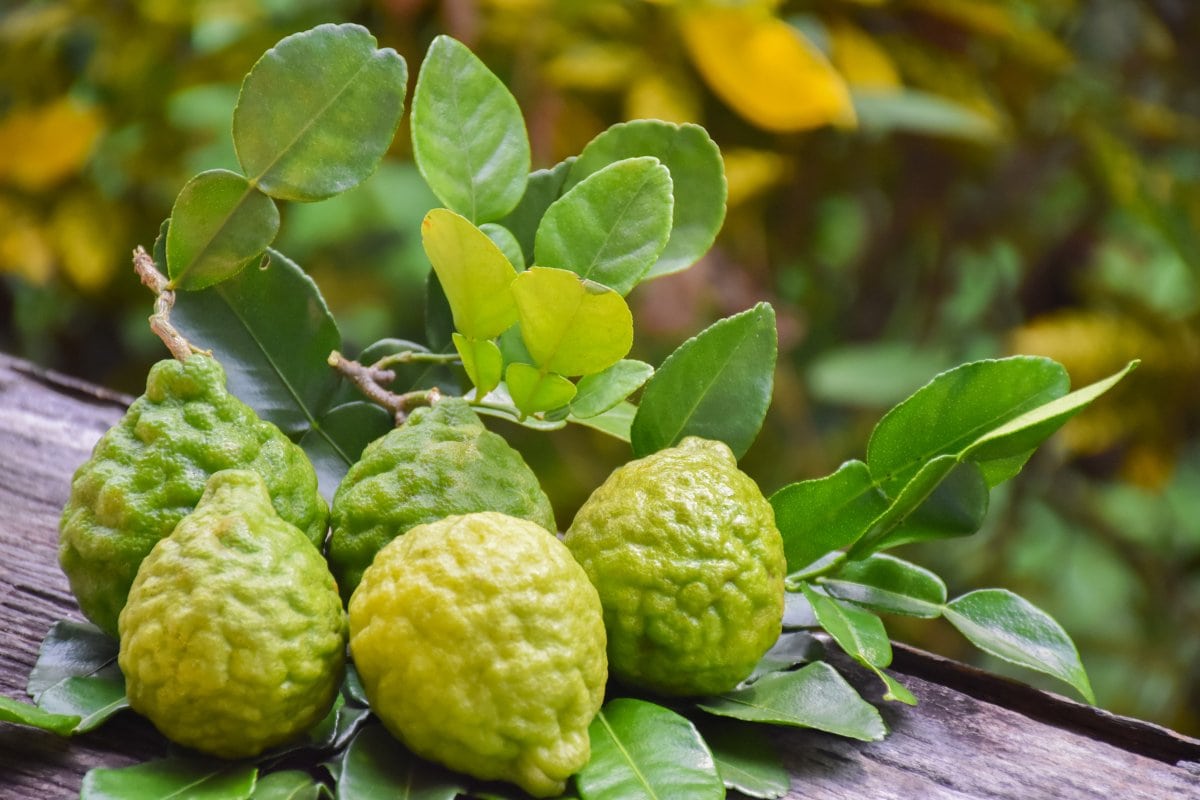
Kaffir lime is a citrus fruit native to tropical Southeast Asia. It’s recognized for its bumpy green skin and aromatic leaves. The leaves, zest, and juice of the kaffir lime are widely used in Southeast Asian cuisine for their intense fragrance and flavor. The leaves, in particular, are a key ingredient in Thai and Indonesian dishes, such as curries and soups, where they are often used whole or finely chopped.
13. Kidney Beans
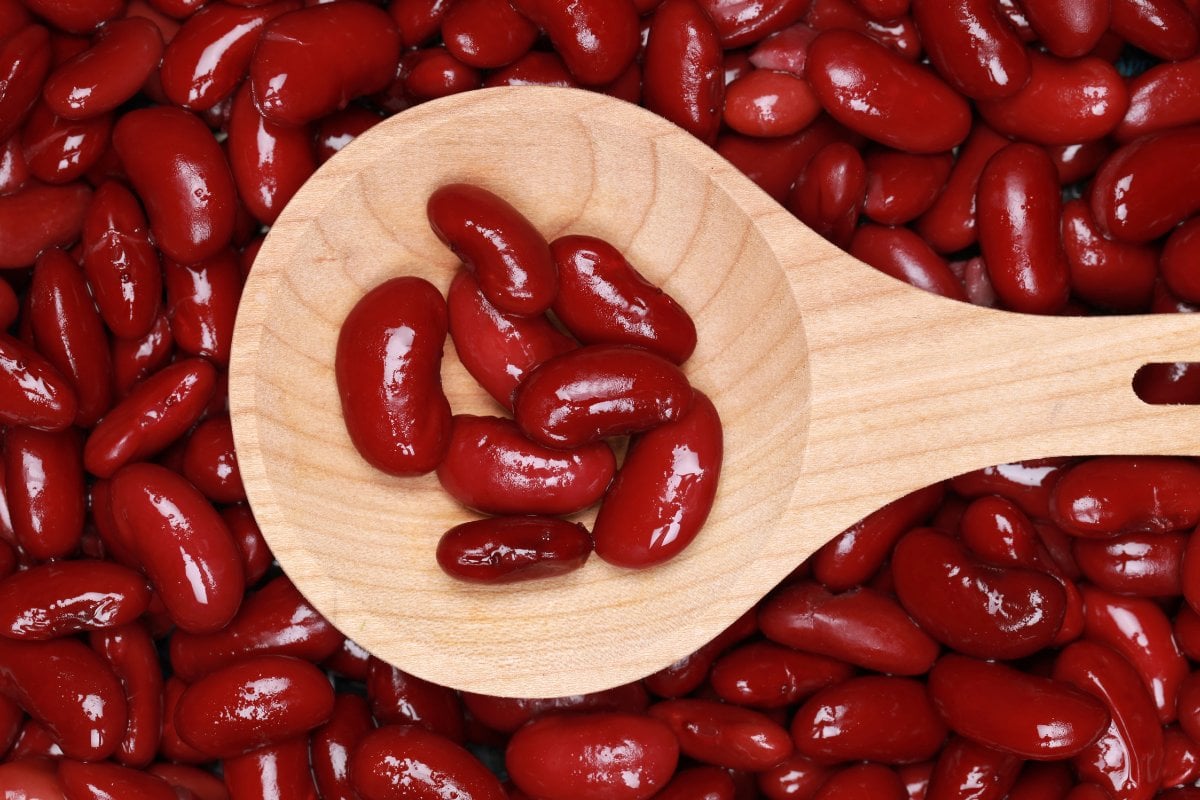
Kidney beans are a variety of the common bean named for their distinctive shape and resemblance to human kidneys. They are a key ingredient in dishes like chili con carne and are also popular in Indian cuisine, known as rajma. It’s important to cook them properly, as raw or undercooked kidney beans can be toxic due to the presence of a lectin called phytohaemagglutinin. These beans should be soaked and boiled to ensure they are safe for consumption.
14. Kettle Corn

Kettle corn is a sweet and salty variety of popcorn that is typically made by popping corn kernels in a large iron kettle or pot with oil, sugar, and salt. The combination of sugar and salt with the popcorn creates a distinct flavor profile that contrasts and balances the sweet and savory elements.
15. Kabuli Chickpeas
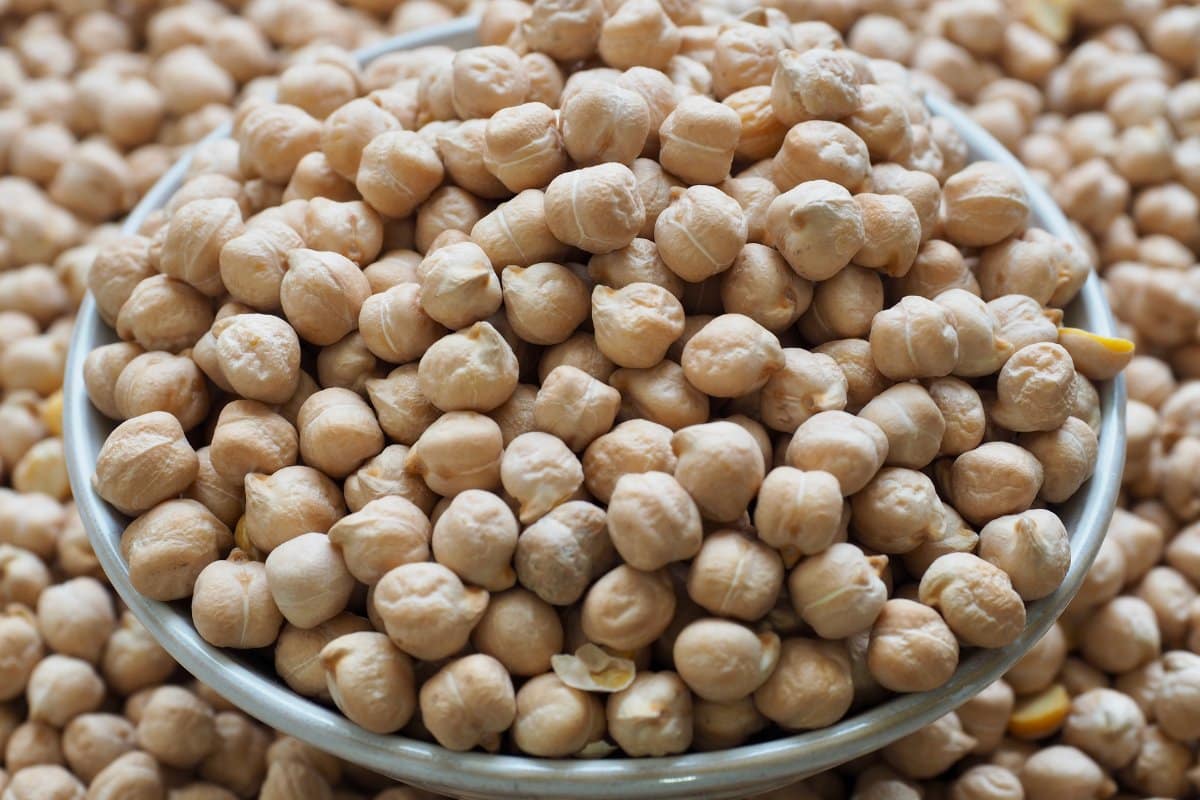
Kabuli chickpeas, also known as garbanzo beans, are a type of legume characterized by their large size, creamy color, and smooth coat. They are commonly used in Middle Eastern and Mediterranean cuisines. Kabuli is particularly known for its nutty flavor and firm texture, making it a popular choice for salads and hummus.
16. Komatsuna
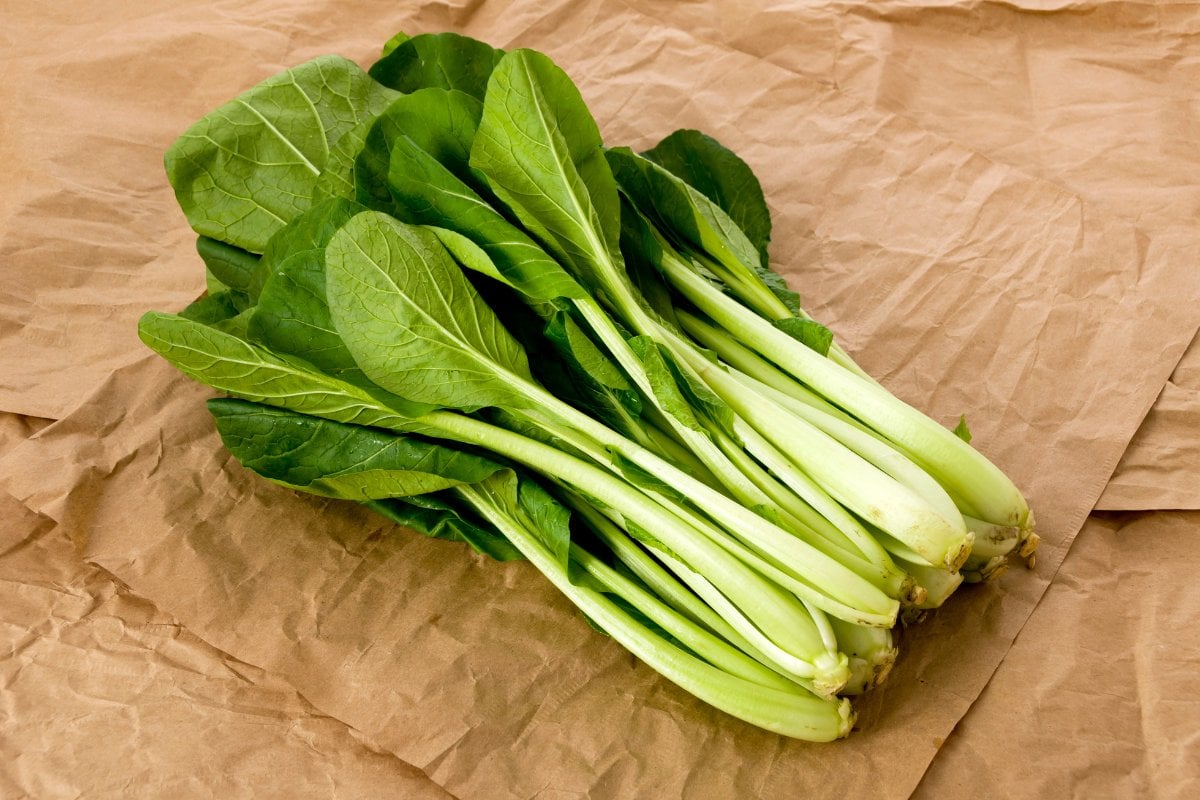
Komatsuna, or Japanese mustard spinach, is a leafy green vegetable with a mild mustard flavor. It is a cool-season crop that belongs to the Brassicaceae family. The leaves, stems, and flower shoots of komatsuna are edible. These are commonly used in Japanese cuisine, both raw in salads and cooked in stir-fries, soups, and hot pot dishes.
17. Katsuobushi
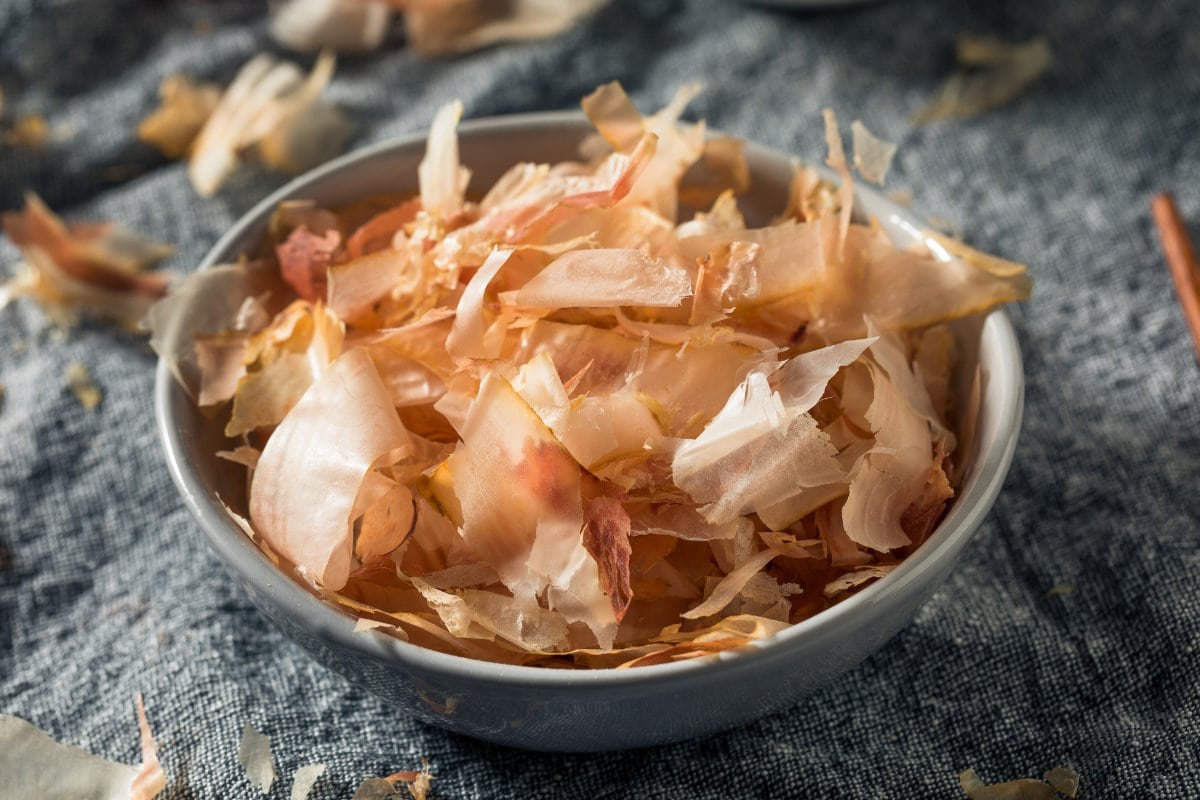
Katsuobushi is used to make dashi, a flavorful broth fundamental to many Japanese dishes. The process of making katsuobushi involves several stages, including filleting the skipjack tuna, simmering, smoking, and fermenting, This process can take several months to complete and achieve its standard flavor. This dried and smoked fish is typically shaved into fine flakes and serves as a seasoning to soups, sauces, and rice dishes.
18. Kalamata Olives
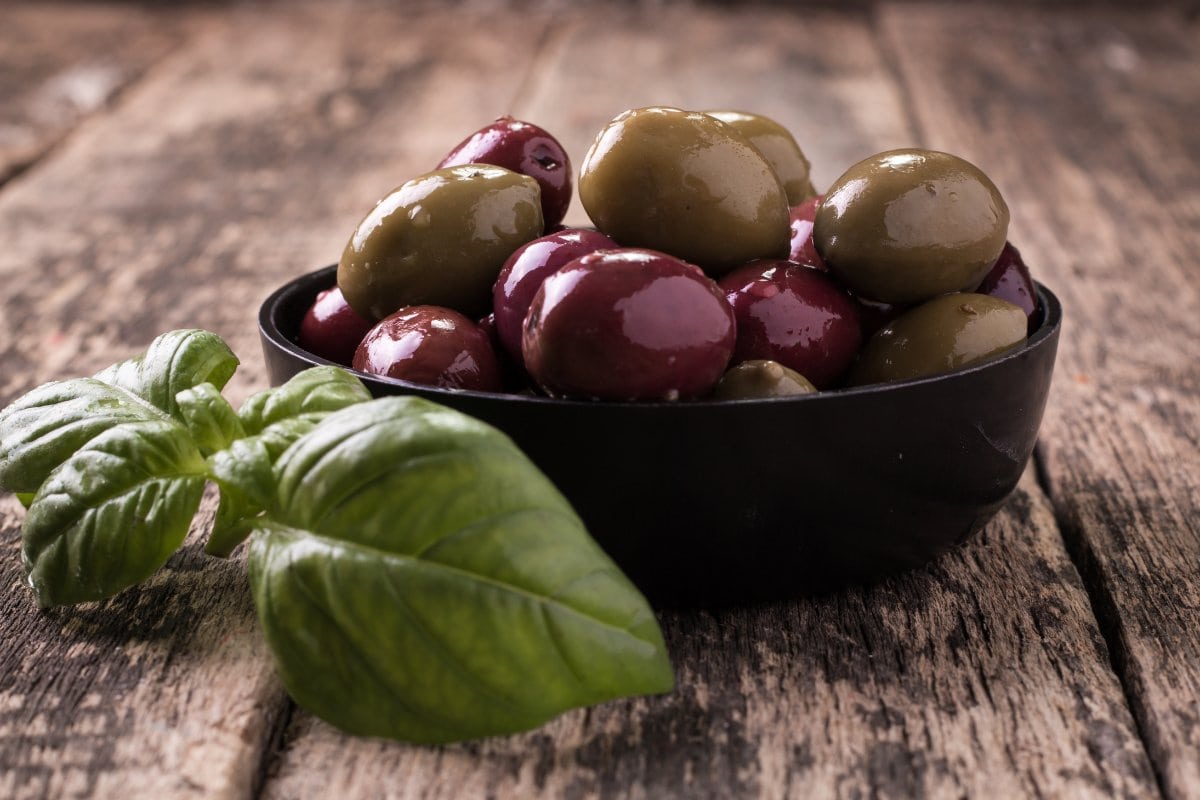
Kalamata olives are dark purple olives with a rich, fruity flavor and a meaty texture. They are often almond-shaped and have a distinctive rich and fruity flavor, which makes them a favorite for use in salads, pizzas, and as a table olive. Their distinctive taste adds a tangy and slightly briny note and pairs well with feta cheese, tomatoes, and other fresh herbs.
19. Khoresh
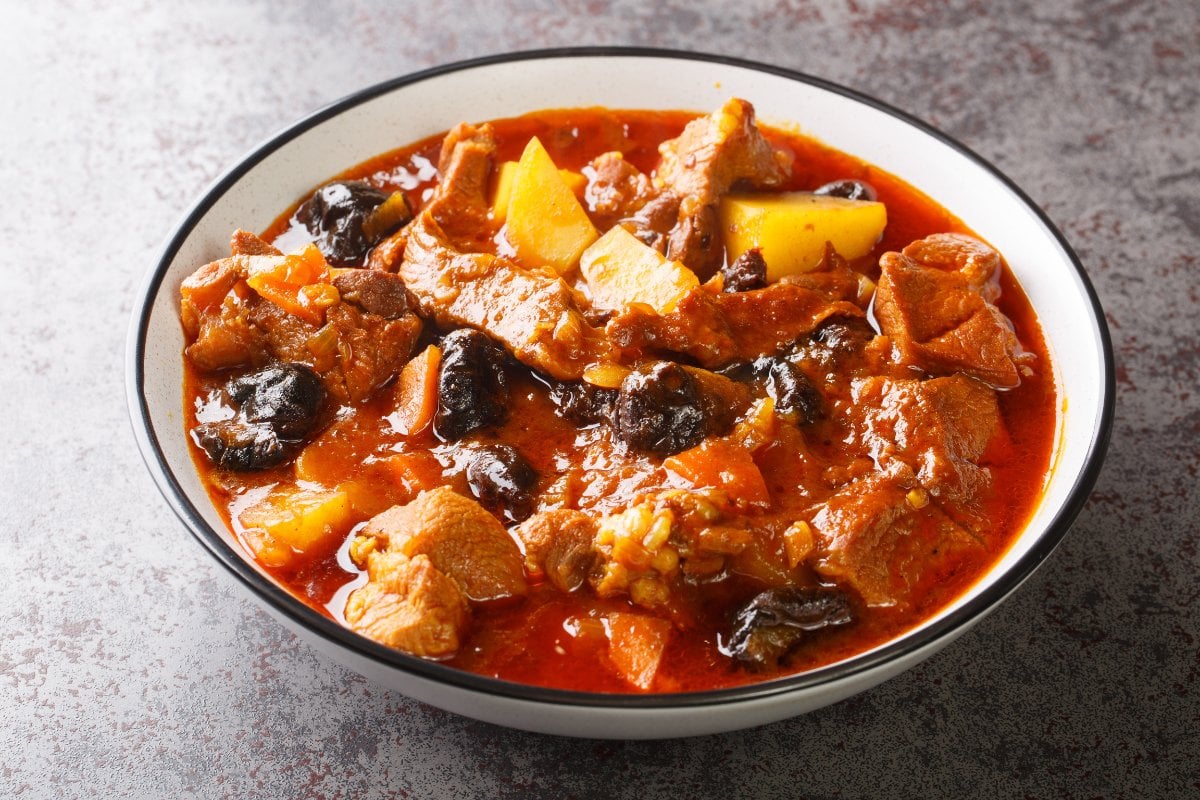
Khoresh is a traditional Persian stew characterized by its aromatic blend of herbs, spices, and tender meat or vegetables. This dish is often served with basmati rice. It’s typically slow-cooked to allow the flavors to meld together beautifully. Khoresh is made from a wide range of ingredients, such as lamb, chicken, or beef, along with fruits like quince, prunes, and apricots.
20. Korma
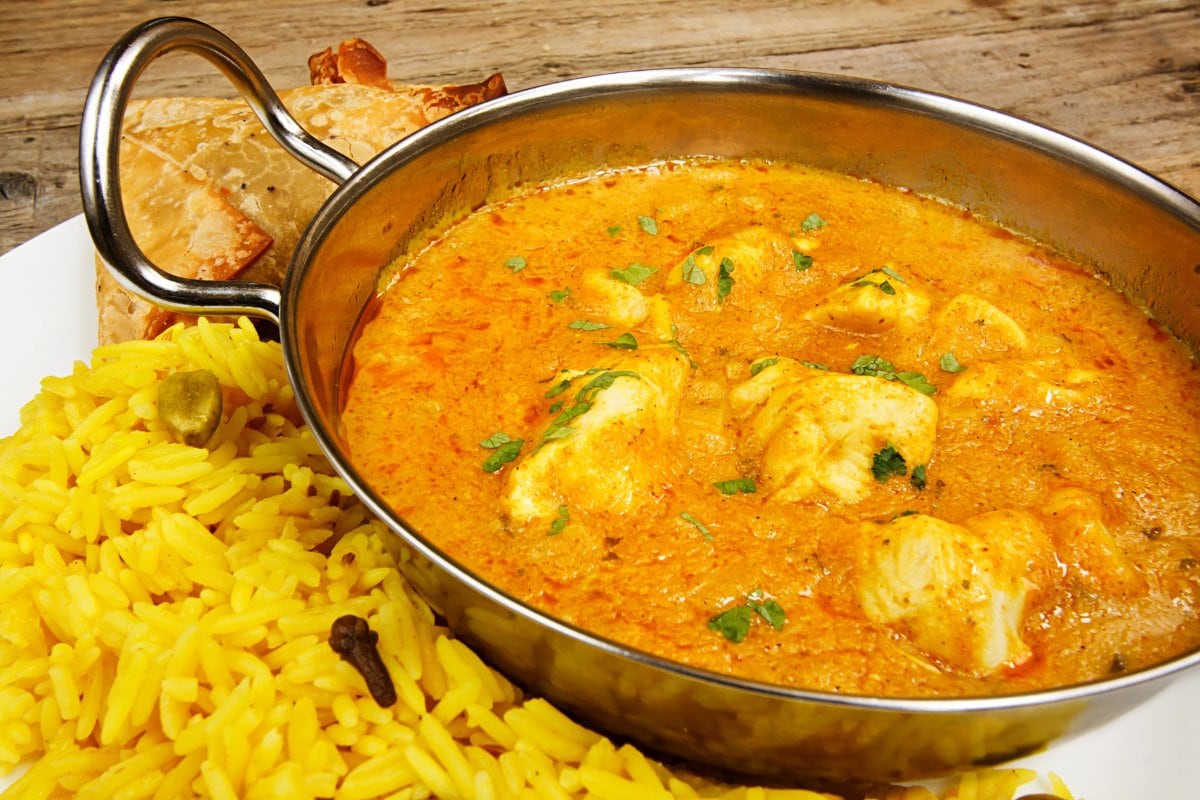
Korma is a creamy and aromatic Indian dish known for its rich sauce made with yogurt, cream, or coconut milk. It is flavored with a blend of spices such as cardamom, cloves, and cinnamon. It’s a celebratory dish, frequently enjoyed during festivals and special occasions.
Korma can be prepared with various meats, including chicken, lamb, or beef, as well as with vegetables like potatoes, carrots, and peas.
21. Kedgeree
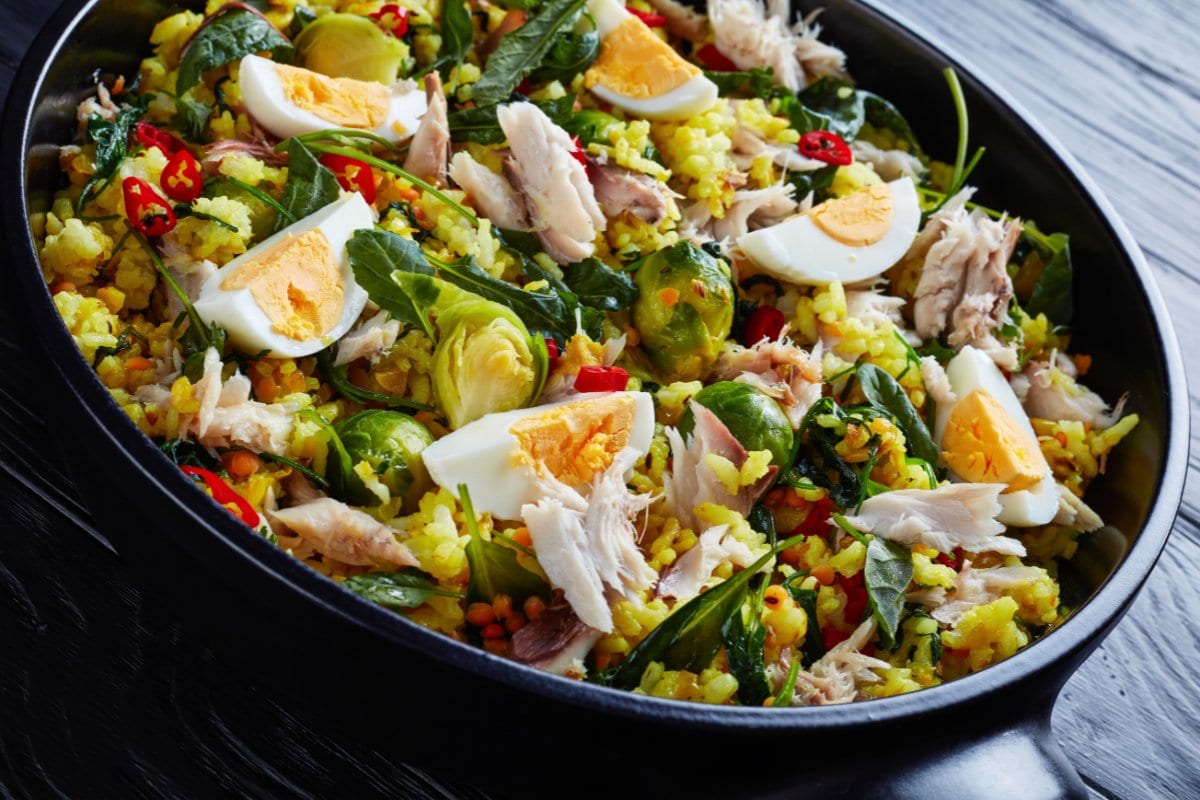
Kedgeree is a British colonial dish inspired by the Indian rice-and-lentil dish khichdi. It features flaked fish (typically smoked haddock), boiled eggs, rice, and aromatic spices like curry powder.
22. Knob Celery
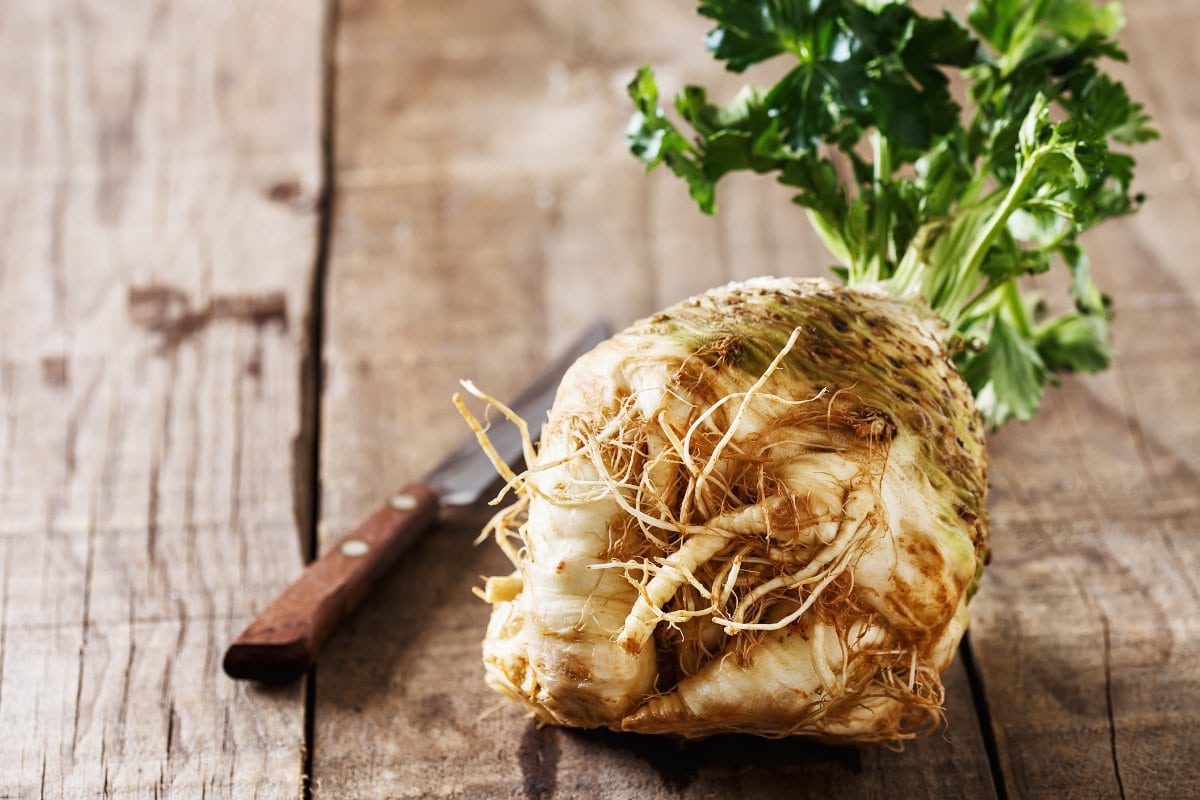
Knob celery, also known as celeriac or celery root, is a type of celery cultivated for its edible, bulging root rather than its stalks. It has a knobby exterior and a crisp, apple-like texture with a flavor that has a similar taste to celery stalks. It can be consumed raw or cooked or mashed or roasted and added to soups and stews. Knob celery is also a popular component in the classic French remoulade sauce.
23. Kohlrabi Greens
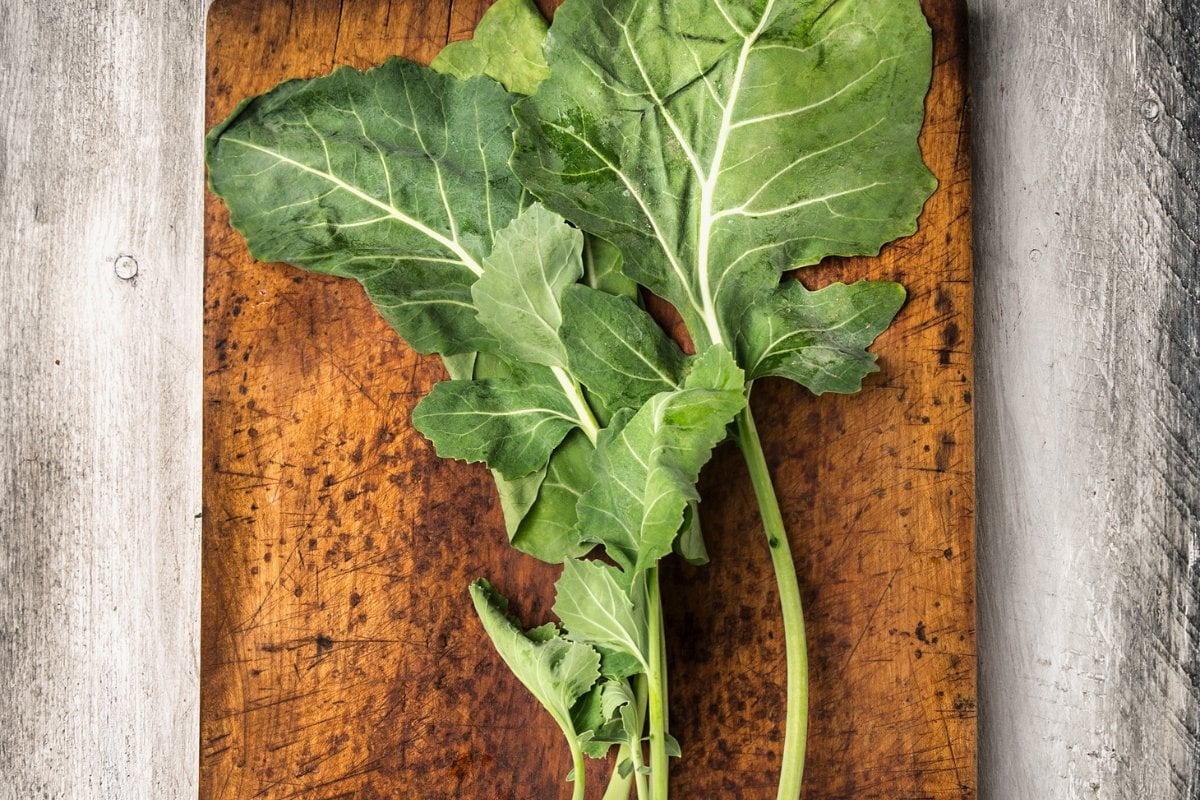
Kohlrabi greens are the leafy tops of the kohlrabi plant with a flavor similar to kale or collard greens but milder. Kohlrabi leaves can be sautéed, steamed, or used in soups and stews, and they provide a hearty, slightly bitter flavor.
24. Karela
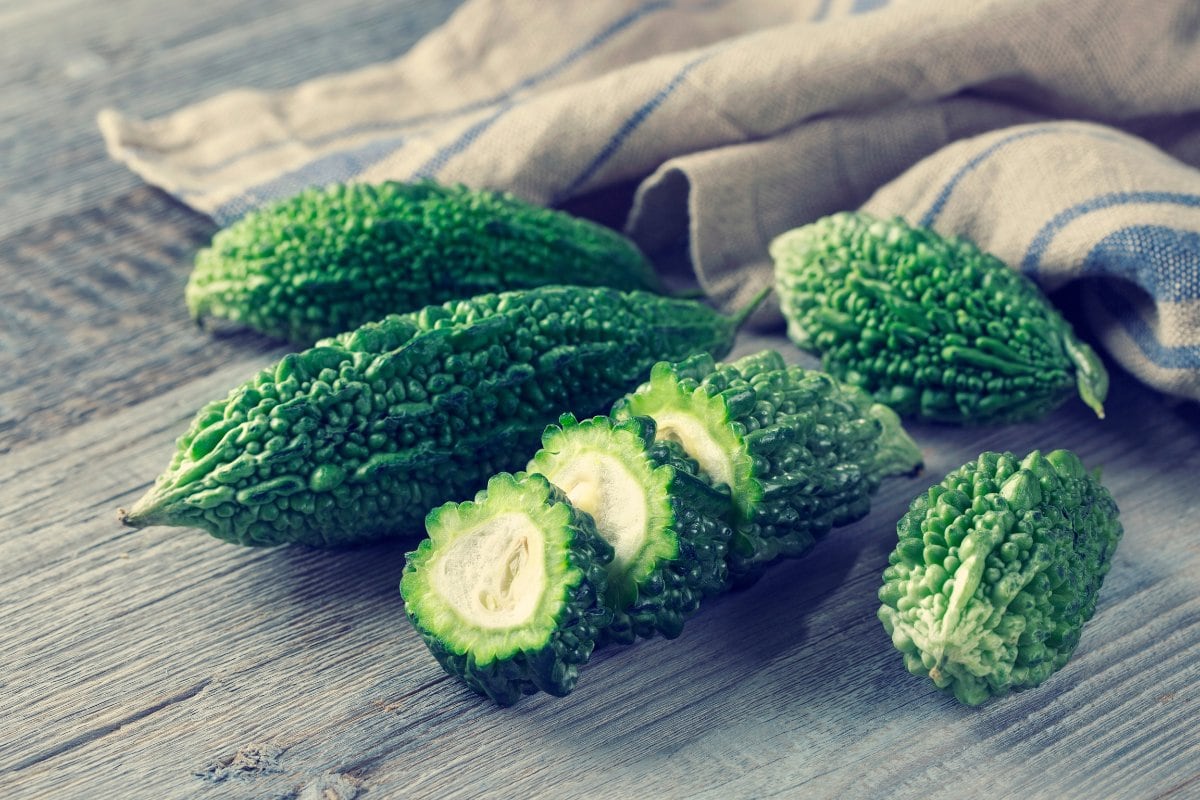
Karela, also known as bitter melon or bitter gourd, is a unique vegetable with a distinctive bitter taste. Despite its bitterness, many people enjoy karela for its unique flavor and potential health benefits. The fruit has a distinct warty exterior and an oblong shape. It can be consumed in numerous ways, including as a vegetable in curries and stir-fries, or as a juice. Karela is also used in traditional medicine for its purported health-promoting properties.
25. Kaniwa
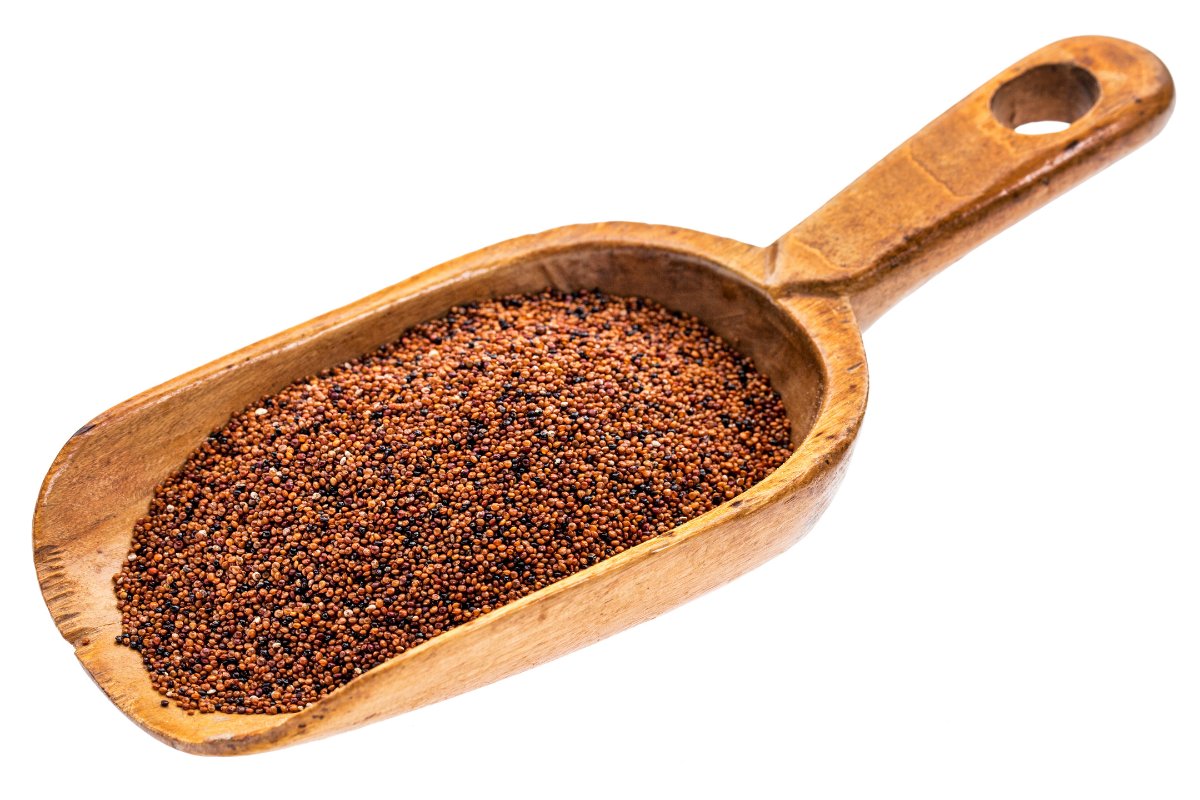
Kaniwa is a small, nutrient-rich grain native to the Andes region, closely related to quinoa. It is smaller than quinoa and does not have the saponins that give quinoa a bitter taste. Kaniwa has a nutty flavor and a slightly crunchy texture when cooked. It’s a versatile ingredient used in salads, pilafs, and porridge.
26. Kumquat
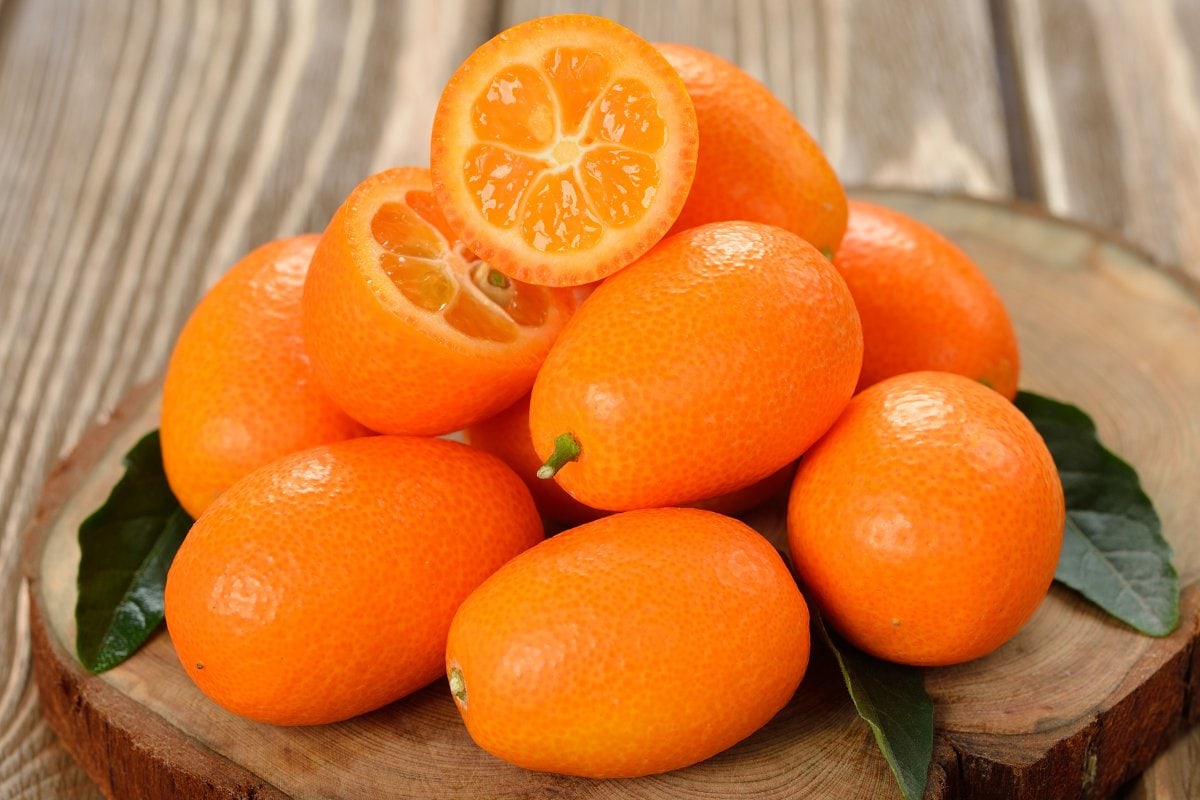
Kumquats are small citrus fruits known for their sweet-tart flavor and edible peel. They can be eaten whole or used to make preserves, marmalades, jellies, desserts, and candied treats.
27. Kuri Squash
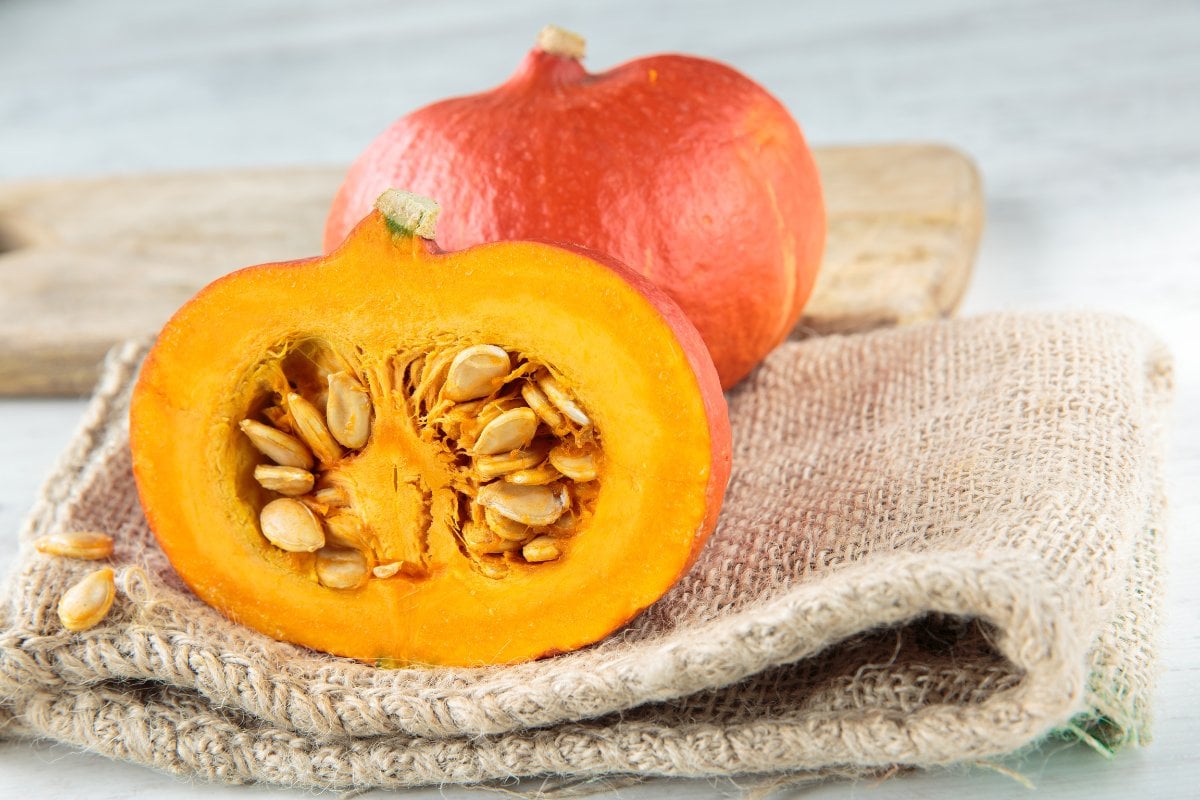
Kuri squash, also known as Hokkaido pumpkin, is a variety of winter squash that has a sweet, nutty flavor and vibrant orange flesh. It can be roasted, pureed for soups, or even baked into pies. Its skin is thin enough that it can be left on during cooking and eaten once softened. Kuri squash also pairs well with warming spices like cinnamon, nutmeg, and ginger.
28. Kimbap
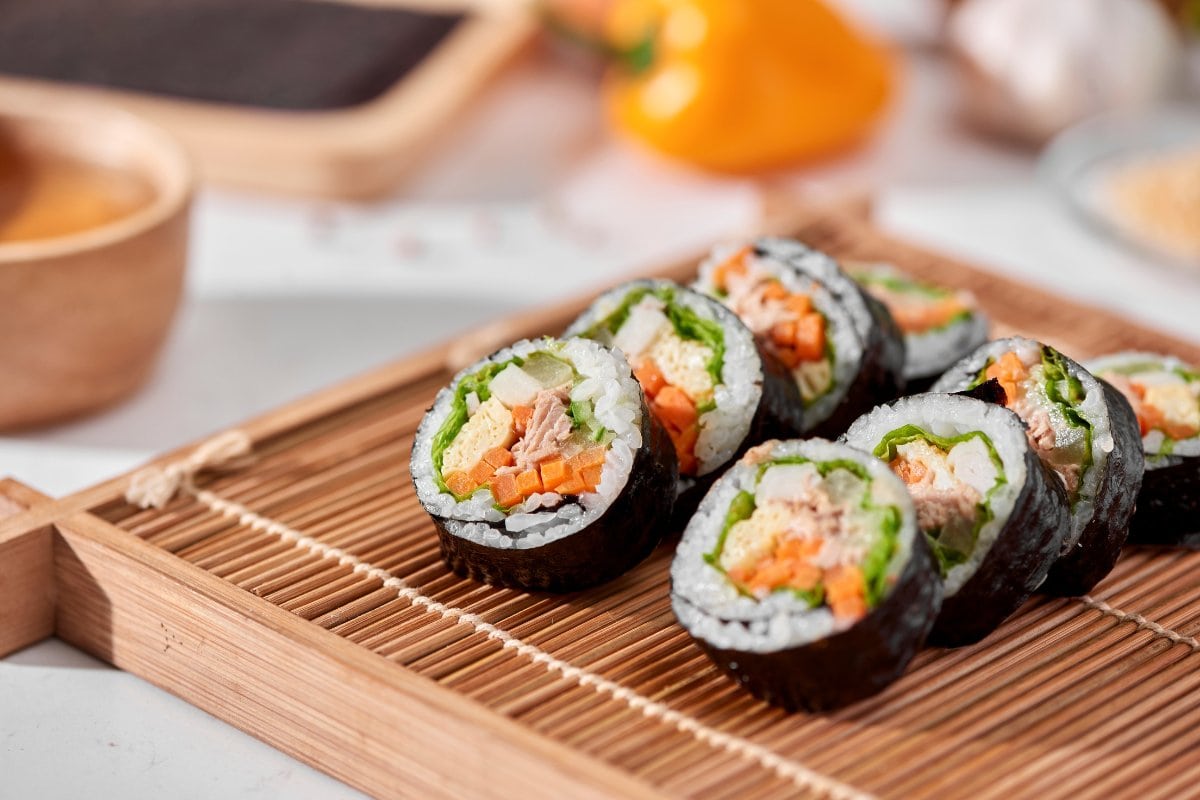
Kimbap is a popular Korean dish made by rolling cooked rice, vegetables, and proteins in seaweed sheets and served in bite-sized slices. The dish is a staple in Korean picnics and casual meals because it is easy to eat without utensils and is convenient to transport.
It’s similar to sushi but typically larger and filled with a variety of ingredients such as pickled radish, cucumber, carrots, and cooked egg strips, rather than raw fish. It is seasoned with sesame oil and sometimes with sweetened rice vinegar.
29. Kjötsúpa
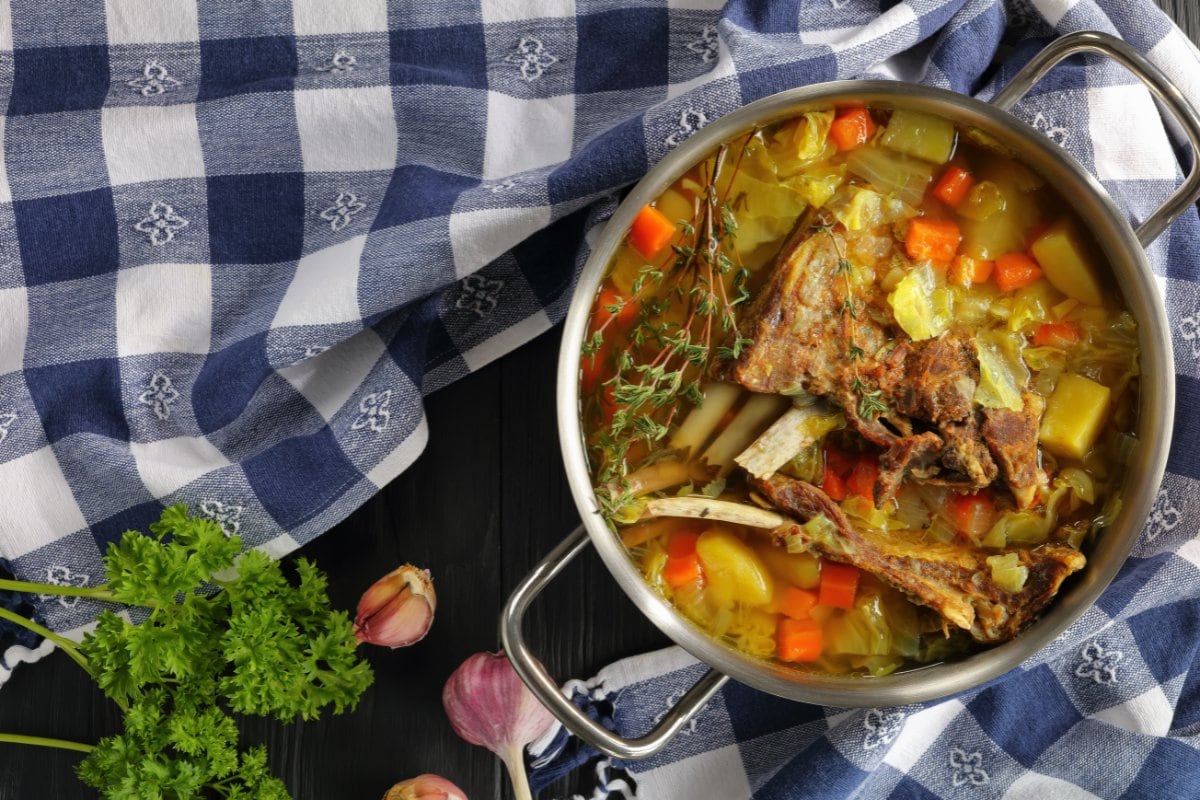
Kjötsúpa is a traditional Icelandic lamb soup that combines braising cuts of lamb or mutton with root vegetables like carrots and rutabagas, and barley or rice. It’s simmered with the meat typically cooked bone-in to enhance the broth’s flavor and consistency. While it’s traditionally prepared with meat, a vegan version of Kjötsúpa can be made by substituting the meat with vegetables like potatoes, carrots, and turnips.
30. Khachapuri

Khachapuri is a Georgian dish consisting of bread filled with a mixture of cheese, typically sulguni or mozzarella, and often topped with a runny egg and butter. It comes in various shapes and styles. One of the most famous versions is the Adjarian (Adjaruli) khachapuri, which is boat-shaped and often filled with a mixture of cheeses, topped with a raw egg, and a pat of butter just before serving.
31. Kachumbari
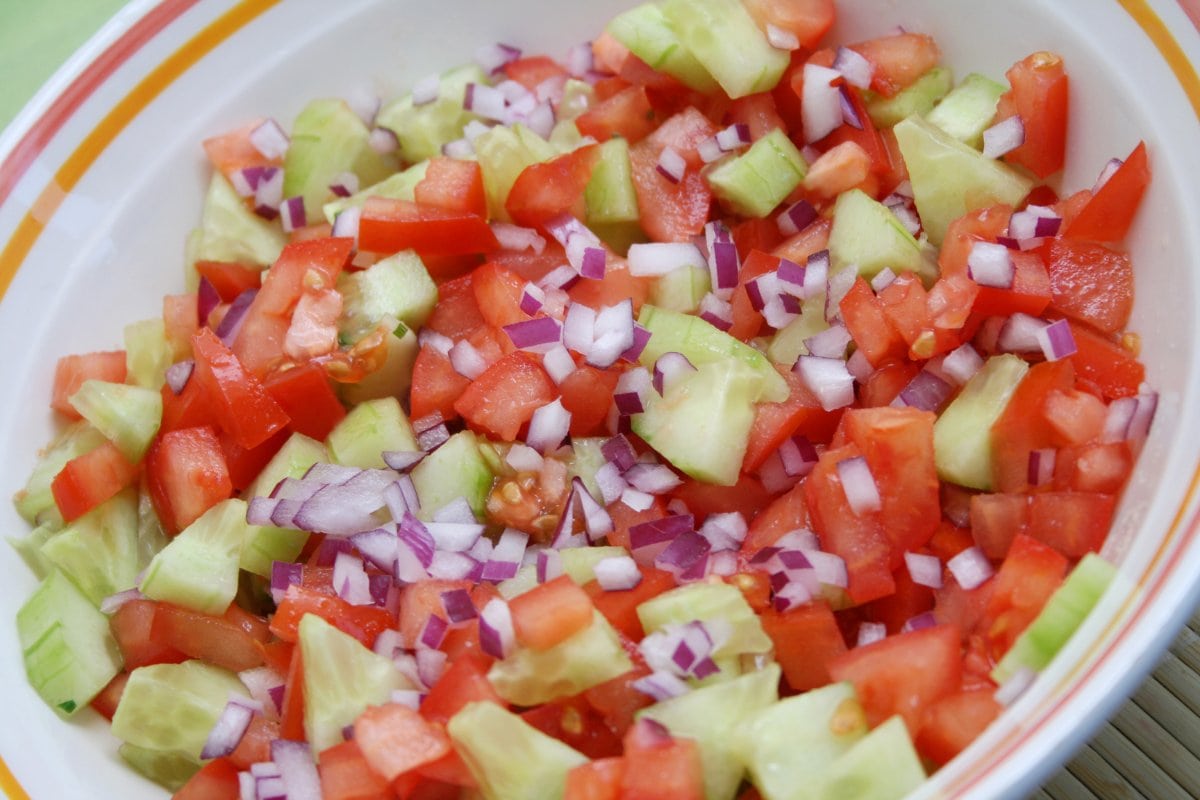
Kachumbari is an East African salad made with diced tomatoes, onions, cilantro, and chili peppers with a simple dressing of lime juice and salt. It’s served as a side dish or condiment alongside grilled meats like nyama choma, fish, or starchy dishes like ugali or chapati.
32. Kombu Seaweed
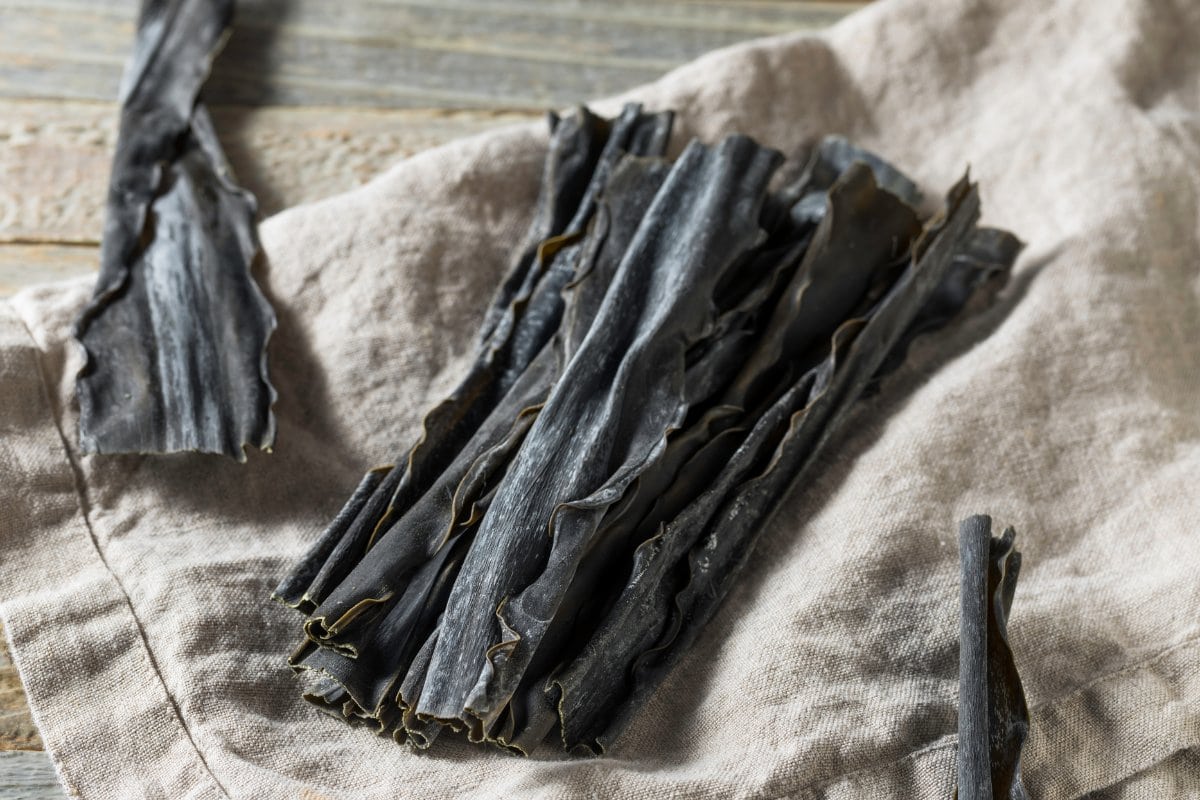
Kombu is a type of edible kelp commonly used in Japanese cuisine to make dashi. It’s rich in umami flavor and adds depth to soups, stews, and sauces. It can also be rehydrated and sliced thinly to add texture and flavor to salads, sushi, and stir-fries.
33. Kasha Varnishkes
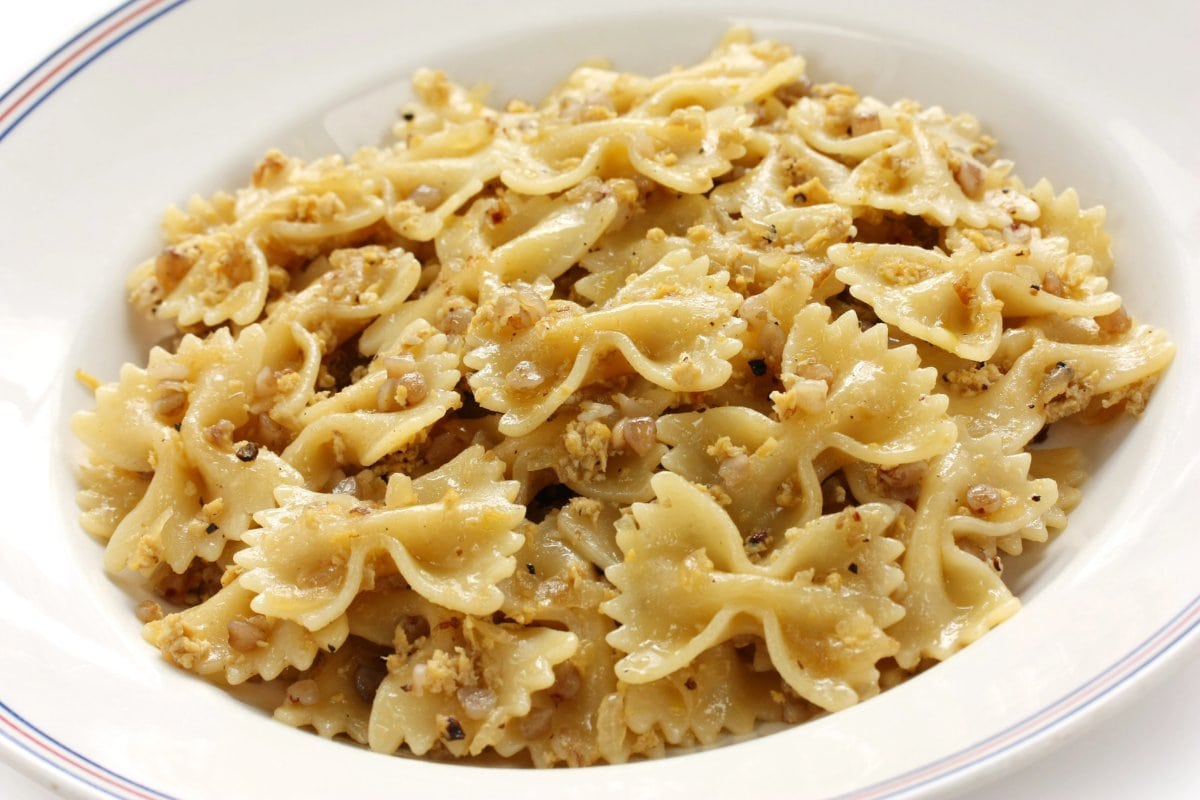
Kasha varnishkes is a classic Jewish dish consisting of toasted buckwheat groats mixed with bowtie pasta and onions. This dish offers a combination of nutty, earthy flavors from the buckwheat and chewiness from the pasta. It’s often seasoned with schmaltz (chicken fat) or butter and served as a main course or side dish, particularly with brisket or roast chicken.
34. Kala Namak
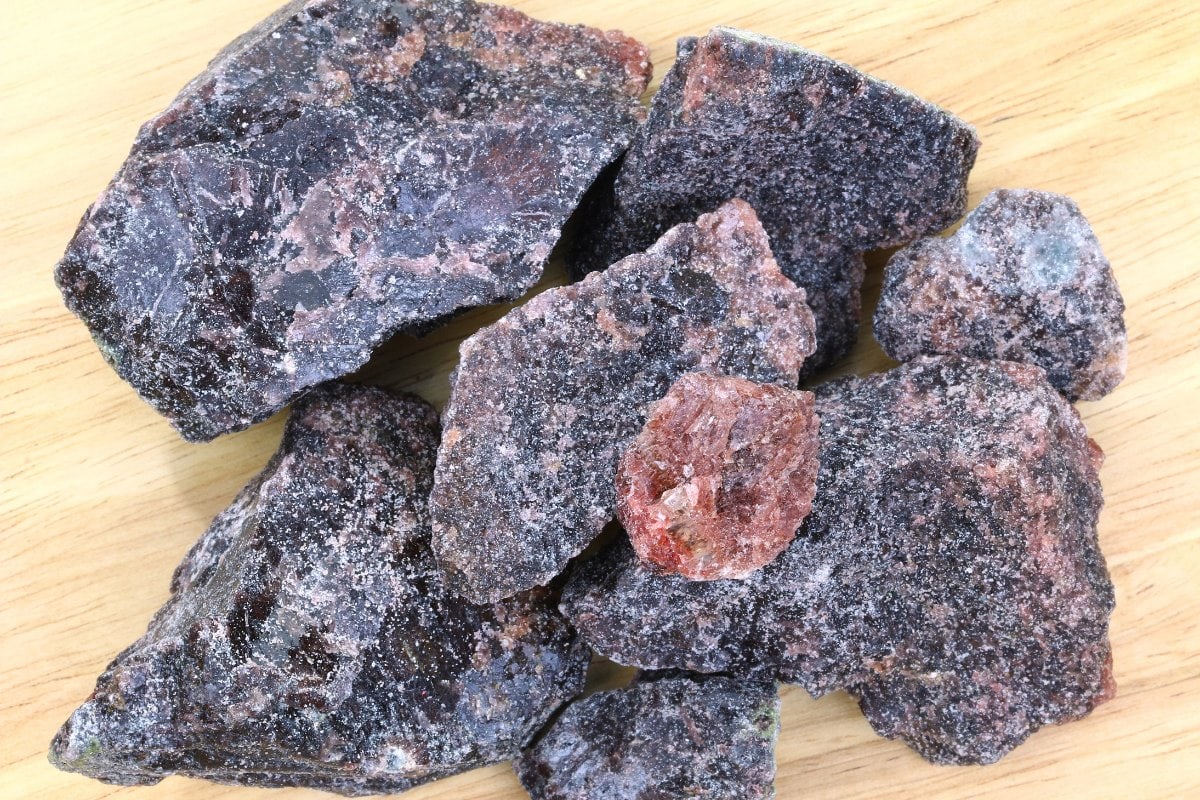
Kala namak, also known as black salt or Himalayan black salt, is a dark, pungent-smelling rock salt. It’s used extensively in South Asian cuisine to add a distinctive eggy flavor to dishes. Despite its name, it appears pinkish-gray in color and is commonly used in vegan cooking. Kala namak is made by heating natural halite with charcoal and other ingredients, which gives it a sulfuric aroma and flavor.
35. Kalamay or Kalamay Hati
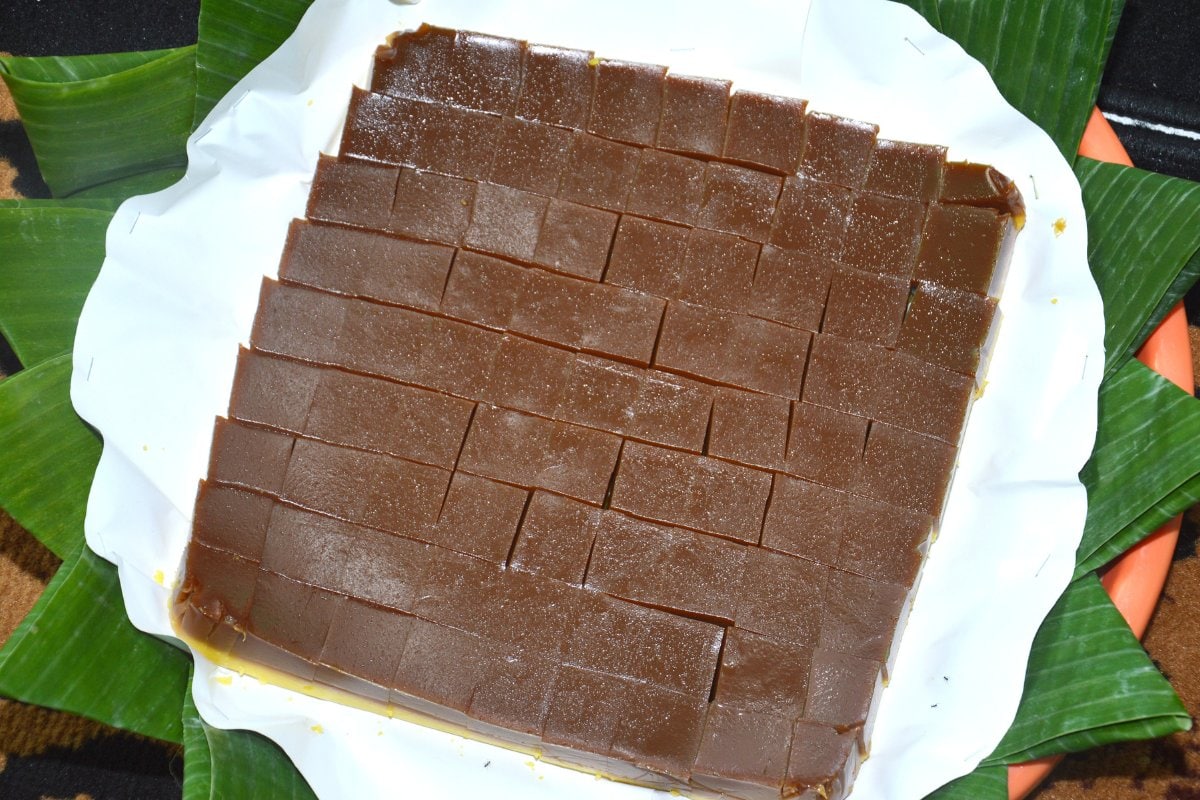
Kalamay is a Filipino delicacy made from glutinous rice flour, coconut milk, and brown sugar. This chewy delicacy is known for its thick, sticky texture. It’s traditionally cooked in a large pan while continuously stirring to achieve the right consistency. Kalamay is often flavored with coconut or sesame seeds, wrapped in banana leaves for added aroma, and topped with “latik” to add a caramel-like flavor. Kalamay varies in color from light brown to deep, dark purple, depending on the type of sugar used and if additional ingredients like ube (purple yam) are incorporated.
37. Kimchi Jjigae
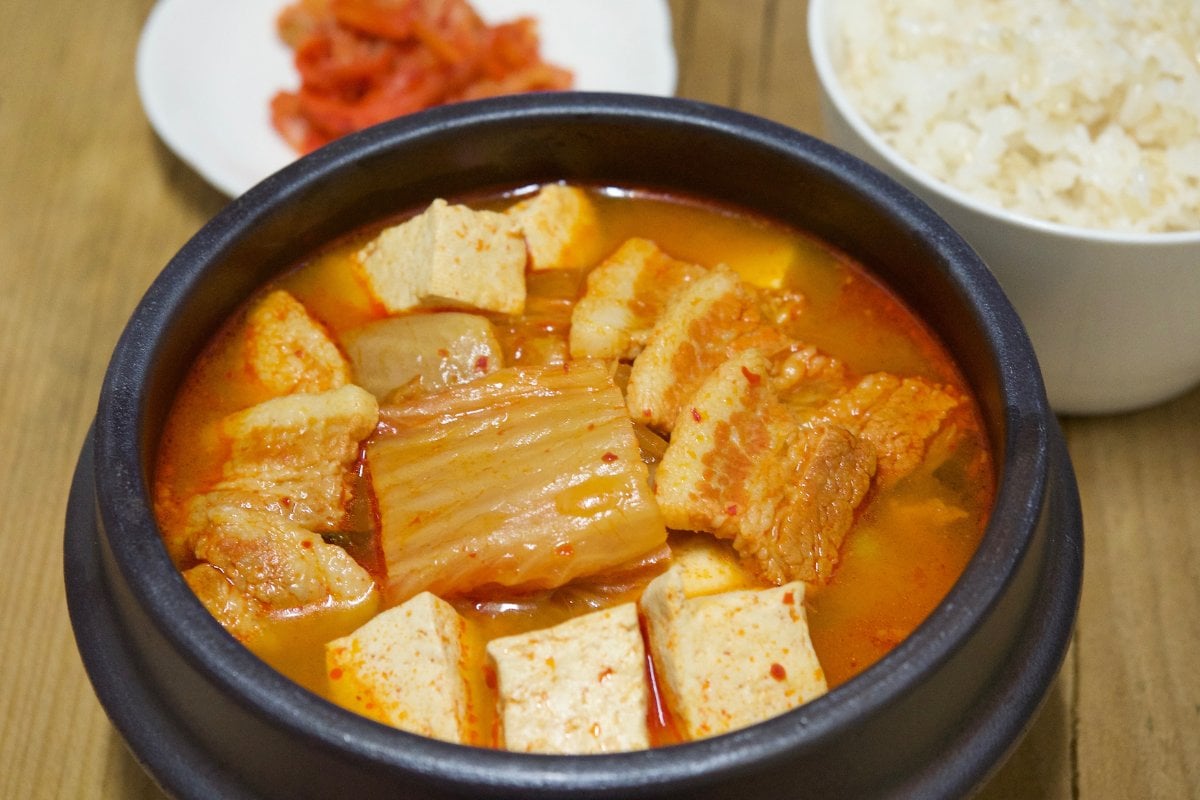
Kimchi jjigae is a Korean stew made with fermented kimchi, tofu, pork, or seafood, and various seasonings such as gochujang (red chili paste) and soy sauce. It’s simmered until the flavors meld together, resulting in a spicy, tangy dish. The dish is often cooked and served in a stone pot with steamed rice. This dish can be customized with additional ingredients such as mushrooms, onions, and scallions.
36. Kikiam
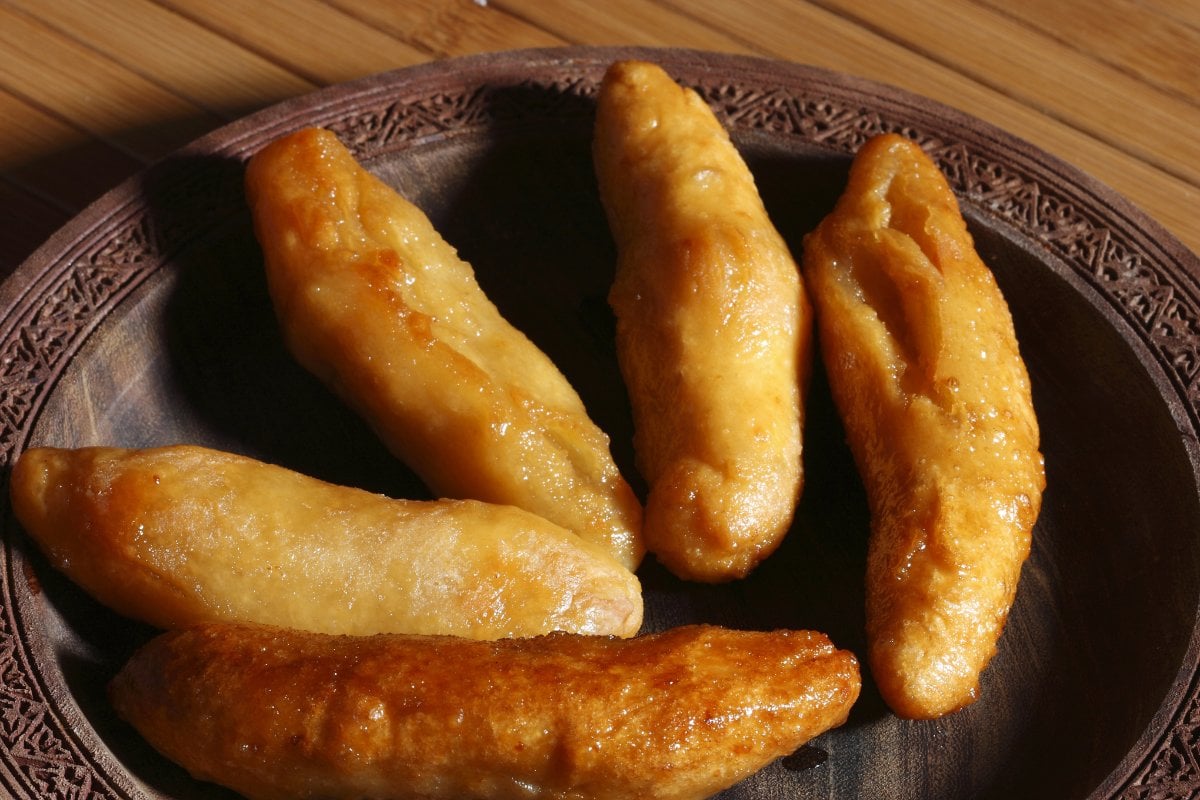
Kikiam is a Filipino street food originally derived from the Chinese que-kiam. In the Philippines, kikiam is commonly served as a snack with a vinegar-based dipping sauce or as an accompaniment to other street food favorites like fish balls and squid balls.
While the traditional Chinese version might be steamed or cooked in a stew, the Filipino adaptation is almost exclusively served fried. Over time, the term “kikiam” in the Philippines has also come to refer to fish paste or fish meat. It’s mixed with extenders and spices, shaped into logs, coated with a layer of bean curd, and then fried.
38. Kabkab
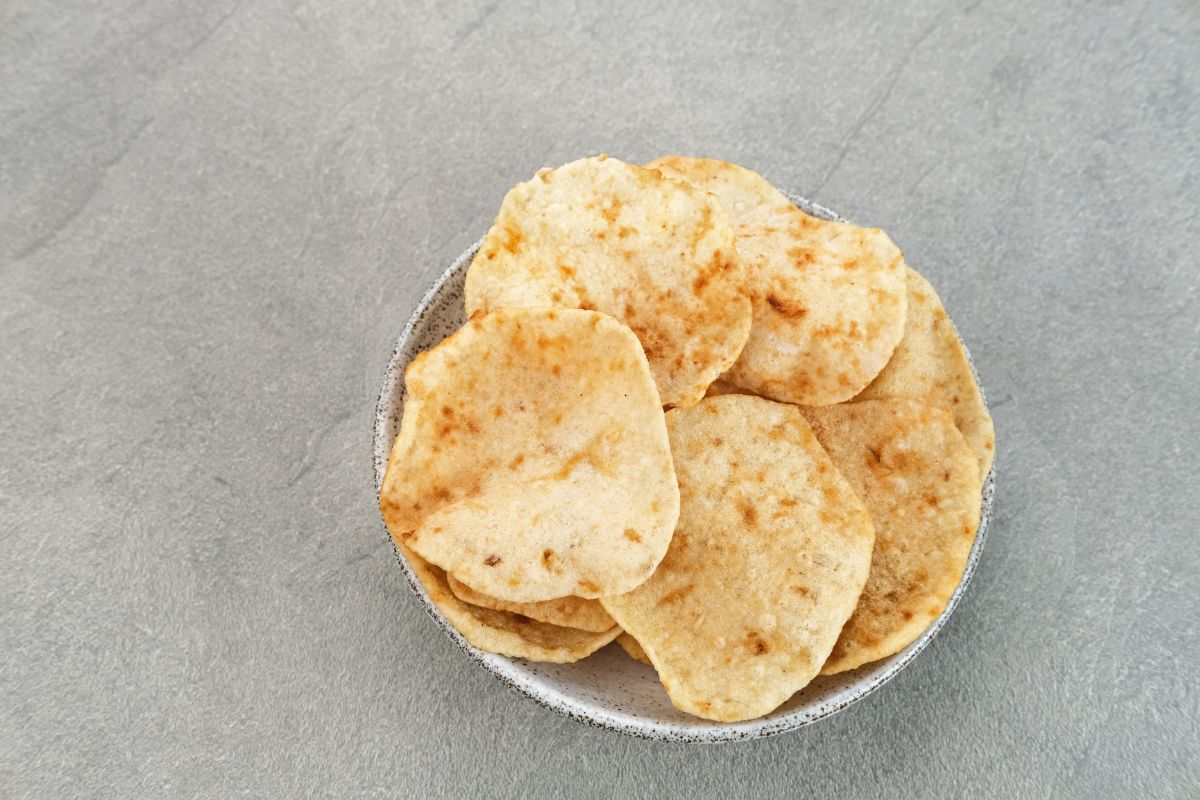
Kabkab, also known as cabcab or cassava cracker, is a traditional Filipino disc-shaped wafer made from ground cassava. It originates from the regions of Bohol, Leyte, and Camiguin, where it’s a local delicacy. Kabkab is made by mashing cassava pulp, spreading it thinly, and then drying it to achieve its characteristic crisp texture. These crackers are often served with a drizzle of coconut syrup or latik.
39. Kouign-amann
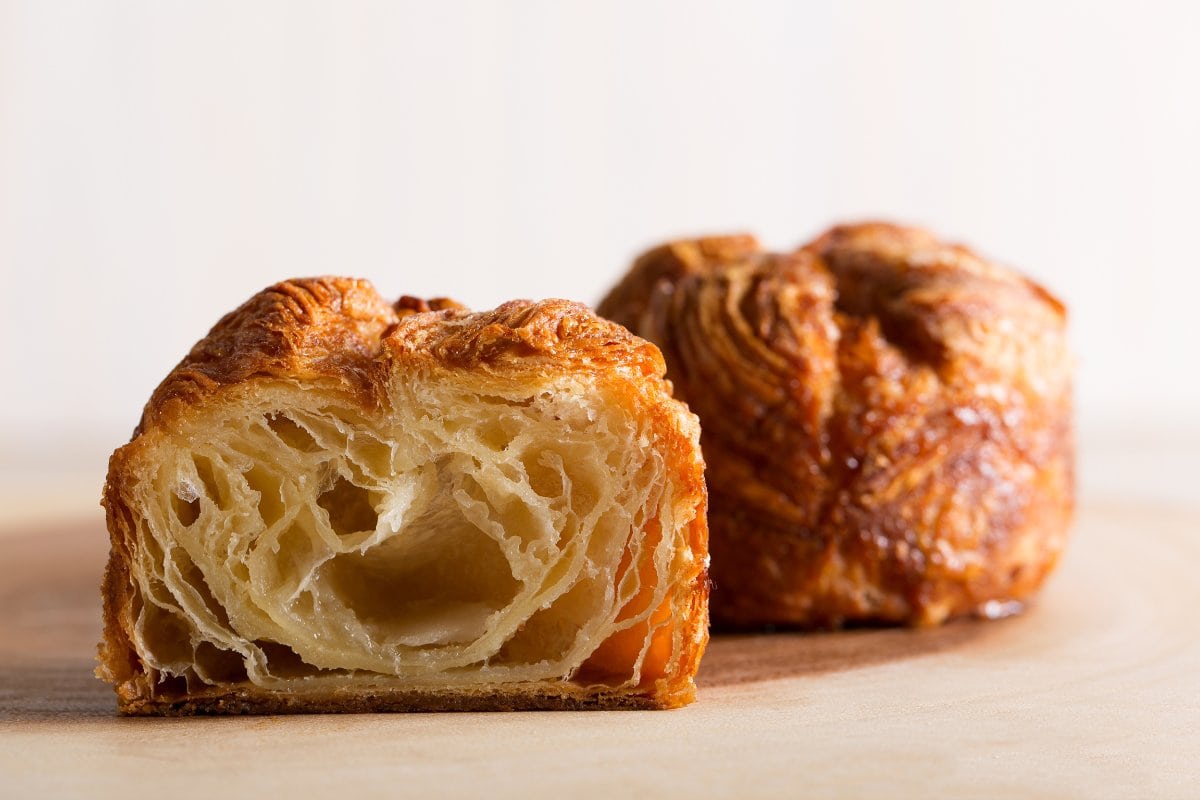
Kouign-amann is a French pastry originating from Brittany and enjoyed as a breakfast pastry or dessert. It is made with layers of buttery, flaky dough and caramelized sugar. It’s similar to a croissant but denser and sweeter, with a crispy caramelized exterior and a tender, buttery interior.
39. Kaiserschmarrn

Kaiserschmarrn is a traditional Austrian dessert that consists of a light, caramelized pancake, made from a sweet batter using flour, eggs, sugar, salt, and milk, fried in butter and typically shredded into bite-sized pieces. The dish is often refined with additions like rum-soaked raisins, almonds, or apple sauce, and is dusted with powdered sugar for serving. It’s typically accompanied by fruit compotes or preserves, such as plum, to balance the sweetness with a touch of acidity.
40. Kibbeh
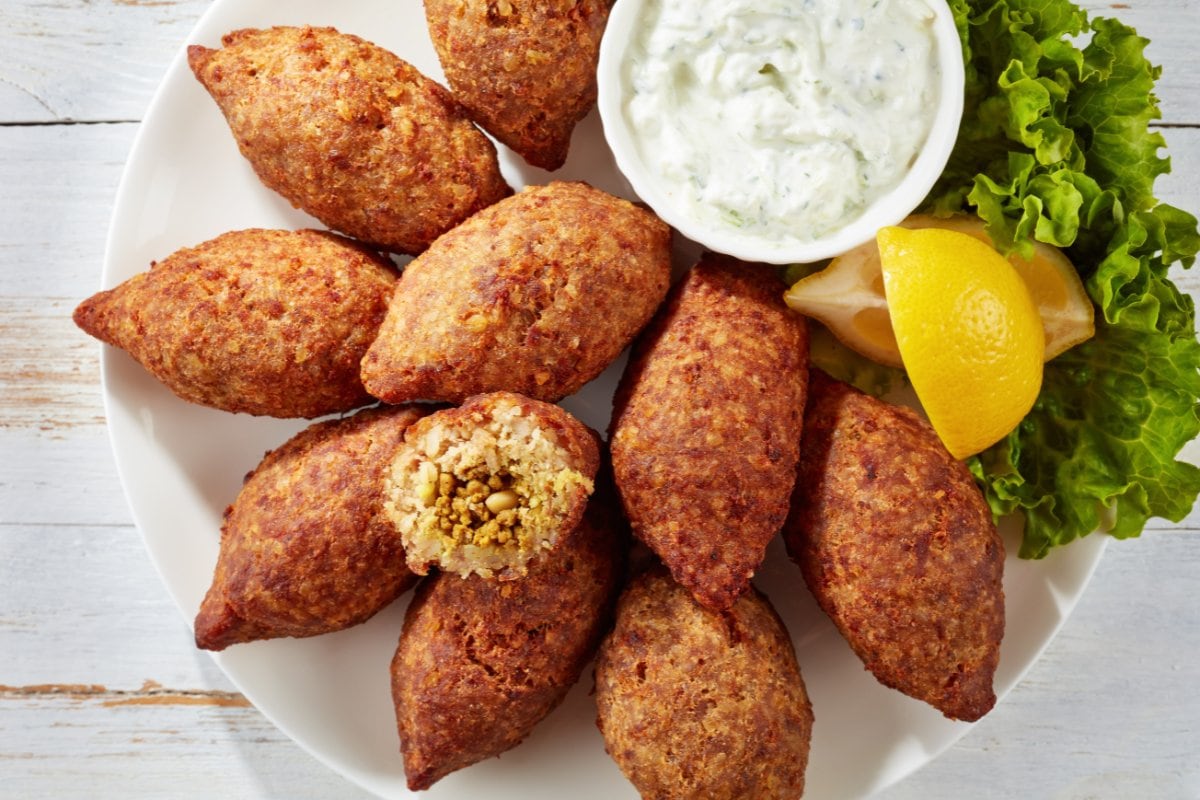
Kibbeh is a classic Levantine dish consisting of a shell made from bulgur wheat, minced onions, and finely ground lean meat, most commonly lamb or beef. It’s then filled with spiced meat and pine nuts, and either baked, fried, or served raw. This dish can take various forms, including torpedo-shaped croquettes or a layered pie, and is often considered a symbol of Levantine cuisine.
42. Kuromame
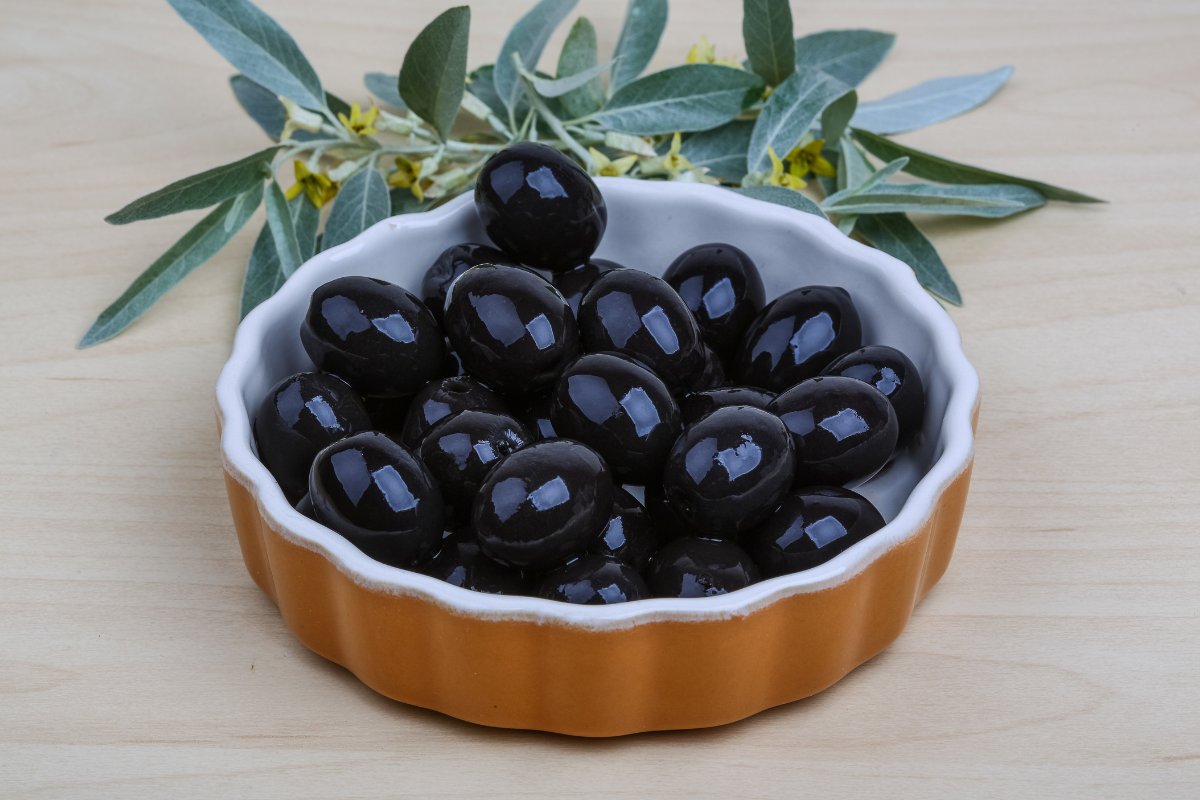
Kuromame are Japanese black soybeans that are typically sweetened and simmered. They are traditionally eaten as part of the New Year’s feast to symbolize good health and hard work. These beans are larger and sweeter than typical soybeans, with a distinctive black skin that leaches out its color when soaked in water. In Japanese culture, consuming kuromame is believed to lead to a year of good health and to demonstrate the wish for diligence and industriousness.
43. Kaya Toast
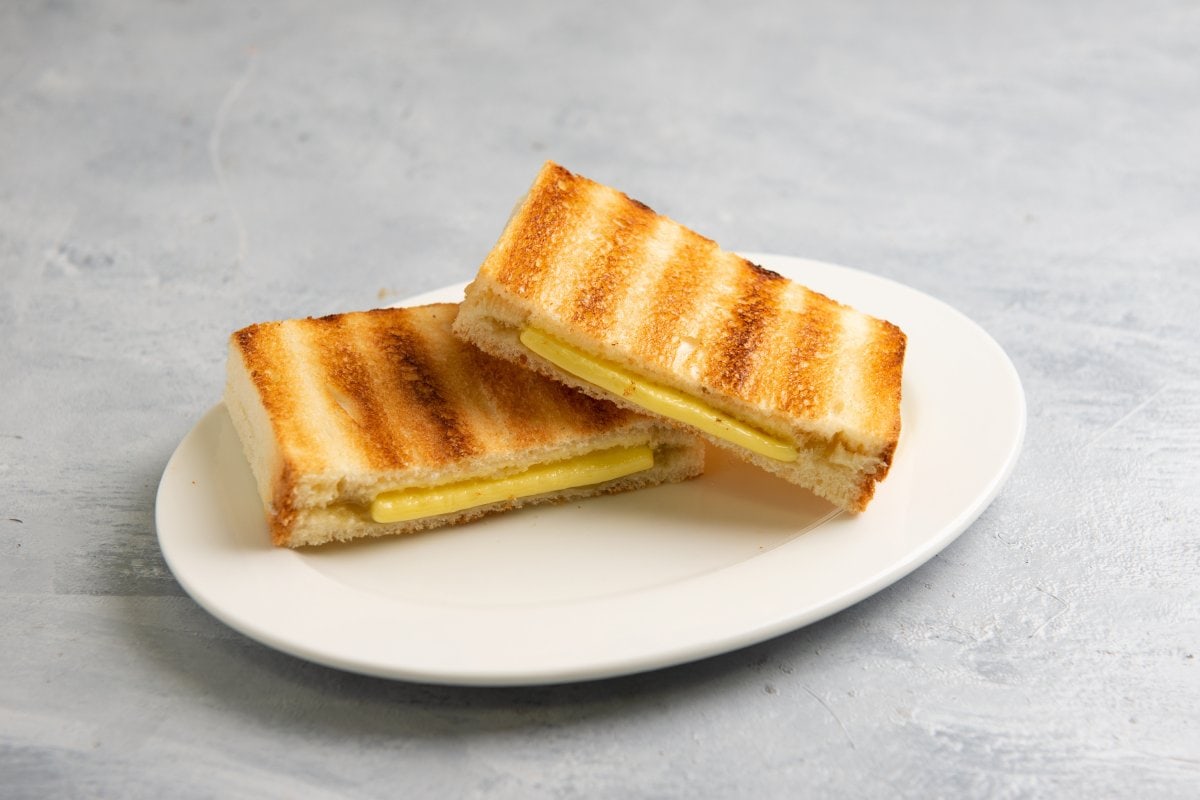
Kaya toast is a traditional Singaporean snack consisting of toasted bread slices slathered with butter and kaya, a sweet and creamy jam made from coconut milk, eggs, sugar, and pandan leaves. Kaya jam’s unique green color comes from the pandan leaves, which also impart a fragrant, floral note to the jam. Kaya toast can be found in kopitiams (traditional coffee shops) and modern cafes.
44. Kalette

Kalette is a hybrid vegetable that combines the features of kale and Brussels sprouts, resulting in a small, frilly, purple, and green veggie. Kalettes are non-GMO and were developed through traditional hybridization techniques over many years of careful breeding. They look like tiny heads of kale, but grow on stalks similar to Brussels sprouts.
45. Kedondong
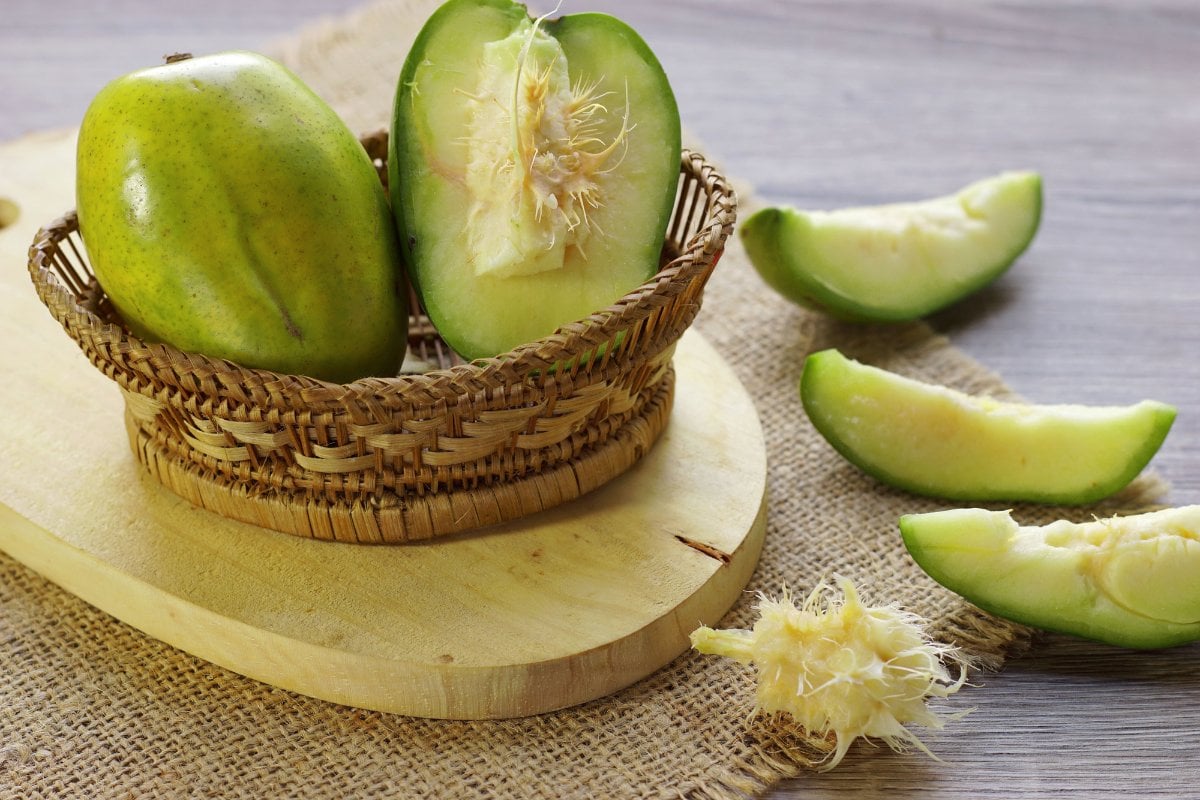
Kedondong, also known as Ambarella, is a tropical fruit found in Southeast Asia. It has an oval shape, green color, and crunchy texture with a flavor that hints at a blend of pineapple and mango. The fruit is typically consumed raw, often dipped in a mixture of salt and chili. It’s also used in savory dishes like rujak in Indonesia. In traditional medicine, various parts of the kedondong tree, such as the leaves and bark, are used for their purported health benefits.
46. Krachai
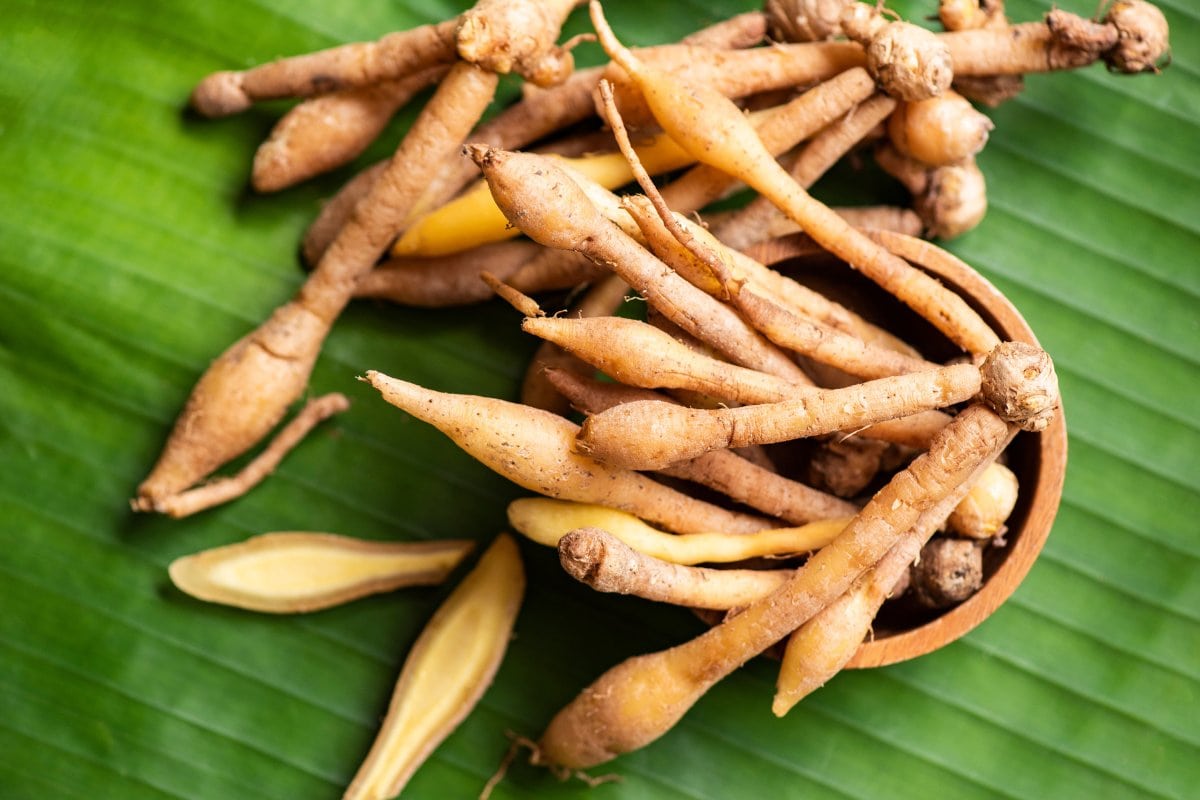
Krachai, also known as fingerroot or Chinese keys, is a Thai rhizome akin to ginger, with a unique spicy and slightly bitter taste. The rhizome is slender and finger-like in appearance, with a skin that ranges from light brown to pinkish. It has a distinctive flavor that is less pungent than ginger but more aromatic. In Thai cuisine, krachai is commonly used in pastes and marinades.
47. Kare Kare
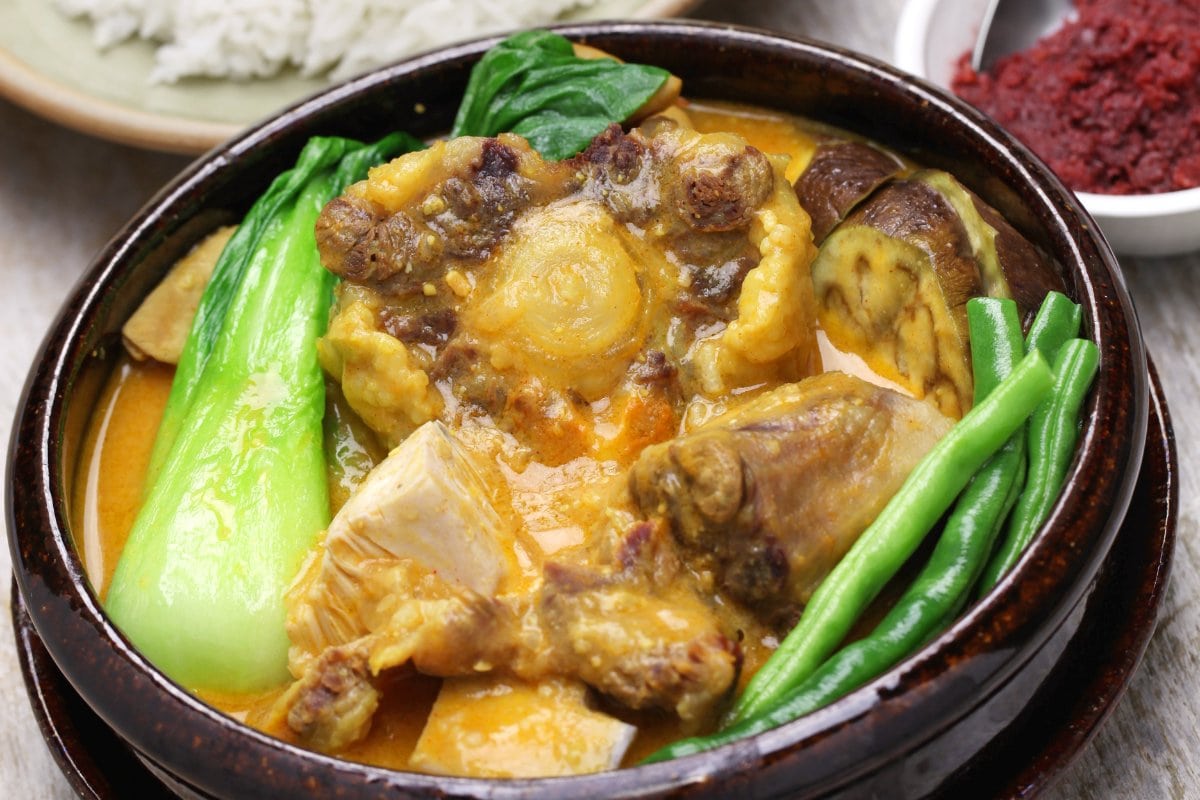
Kare Kare is a traditional Filipino stew known for its thick savory peanut sauce, typically made with oxtail, tripe, and a variety of vegetables such as eggplant, string beans, and banana blossoms. Kare Kare is often served on special occasions and is customarily accompanied by bagoong, a pungent fermented shrimp paste that complements the rich, nutty flavor of the stew.
48. Kitchari

Kitchari is a traditional Indian dish made of rice and lentils, often seasoned with turmeric and other spices like cumin, coriander, and fennel. The dish is also thought to balance the doshas—body energies in Ayurvedic medicine—and is frequently recommended for people who are feeling unwell or recovering from illness.
49. Kinilaw
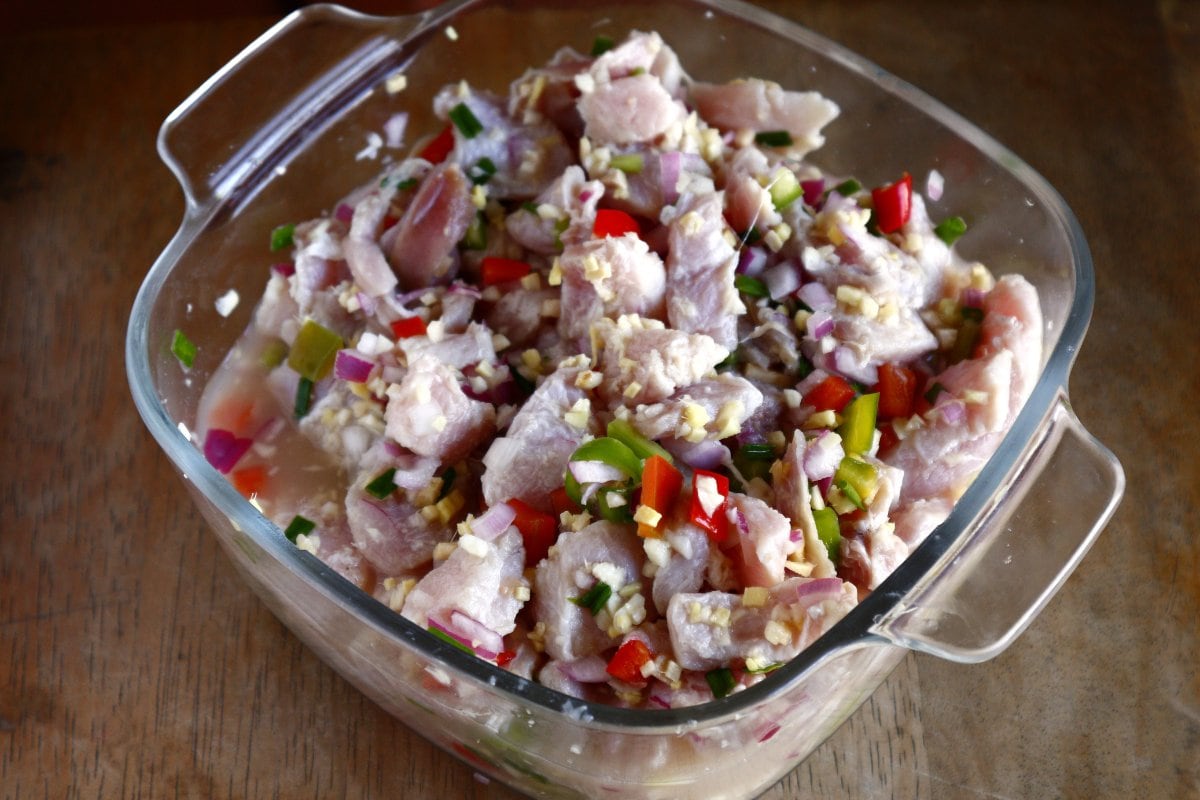
Kinilaw is a traditional Filipino dish consisting of raw seafood, usually fish, marinated in vinegar and citrus juices. It’s similar to Latin American ceviche but has its distinct character, often using local vinegar, which “cooks” the fish without heat. Filipinos also add ingredients like ginger, onion, chili, and sometimes coconut milk. The acidity from the vinegar and citrus not only flavors the dish but also gives it a firm texture and opaque appearance.
50. Karhi
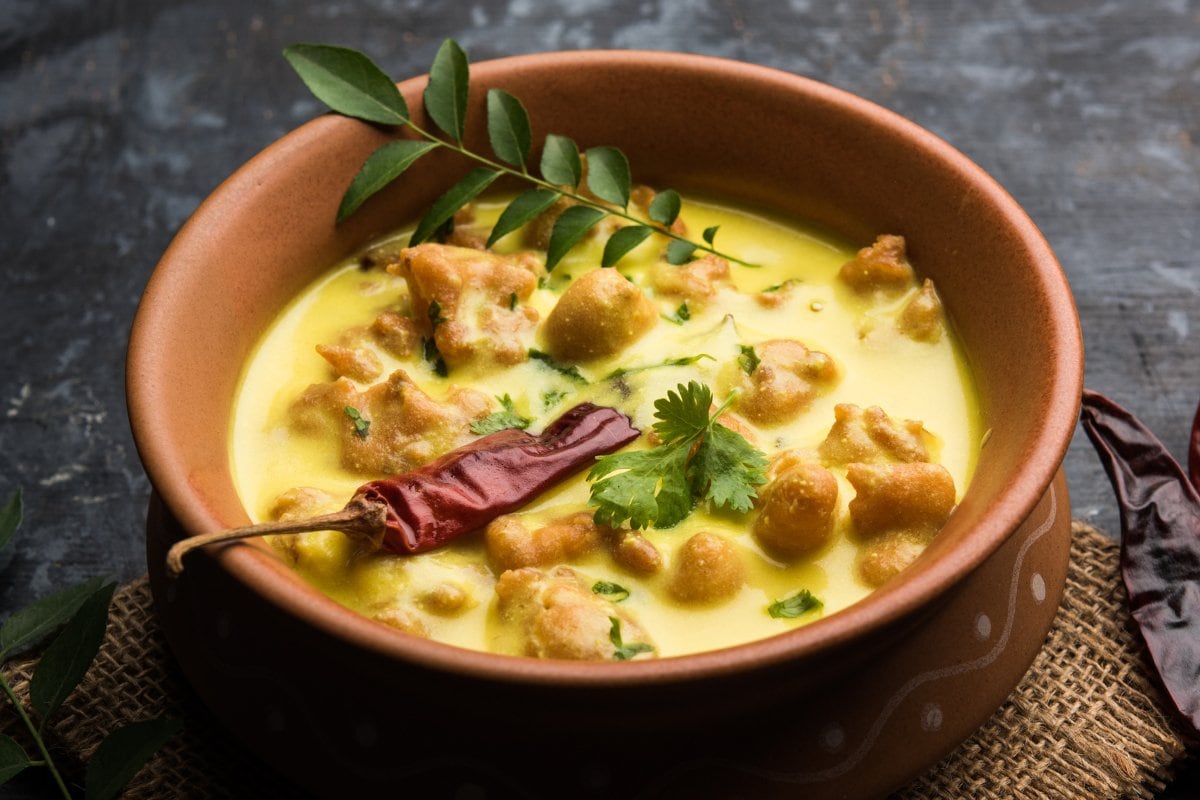
Karhi is a traditional Pakistani curry made with yogurt, besan (chickpea flour), and pakoras (Indian dumplings). Fresh cilantro is added as a garnish to the dish and served with steamed rice or rot (flatbread). Spices such as turmeric, cumin, and mustard seeds are commonly used, giving karhi its distinctive taste and yellow color.

